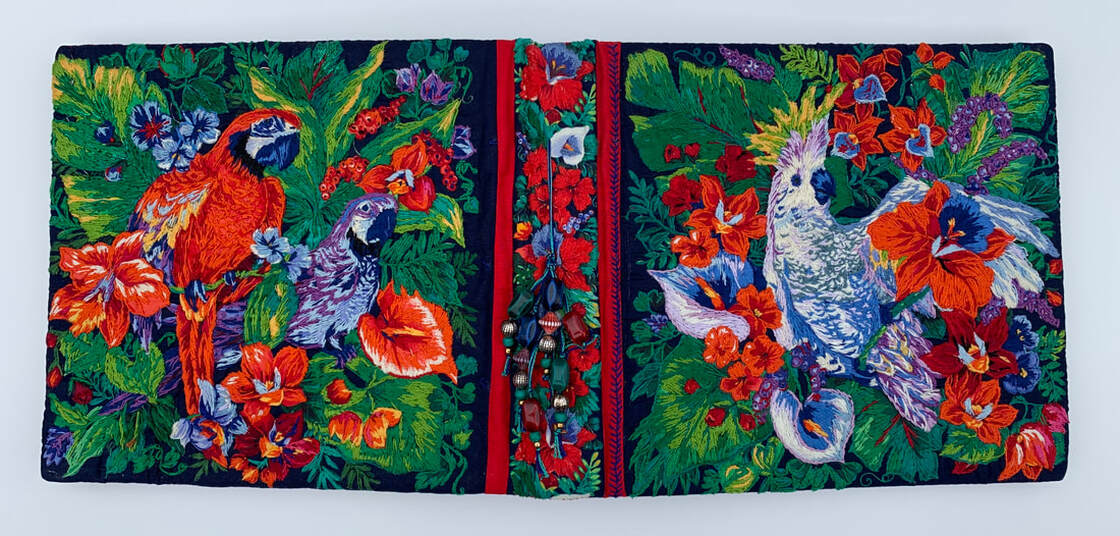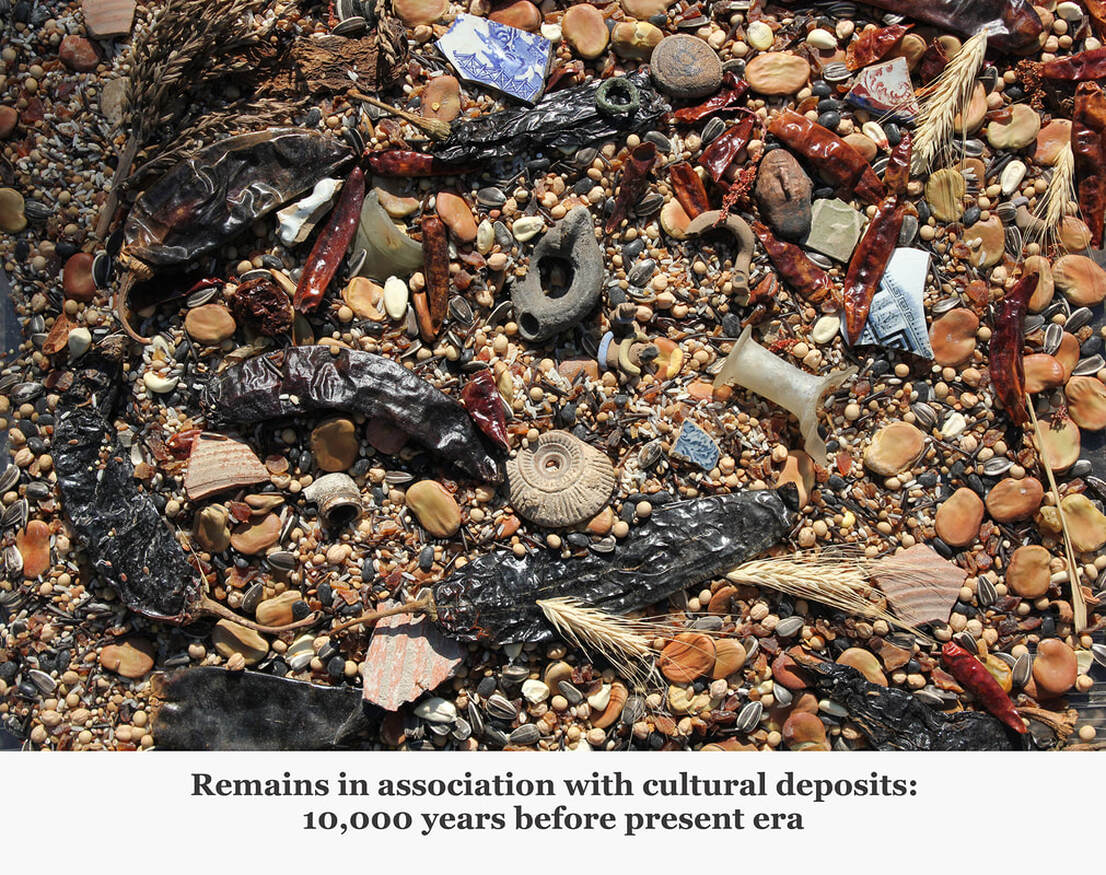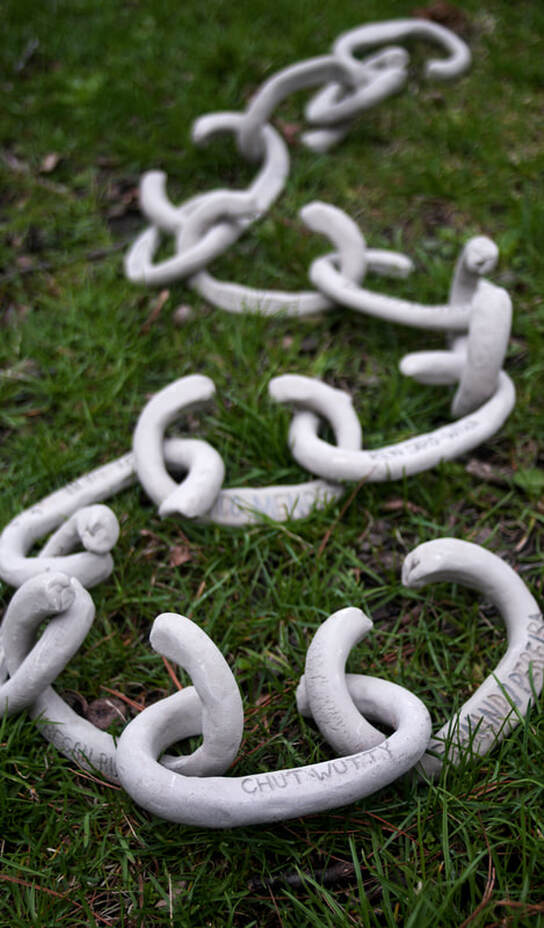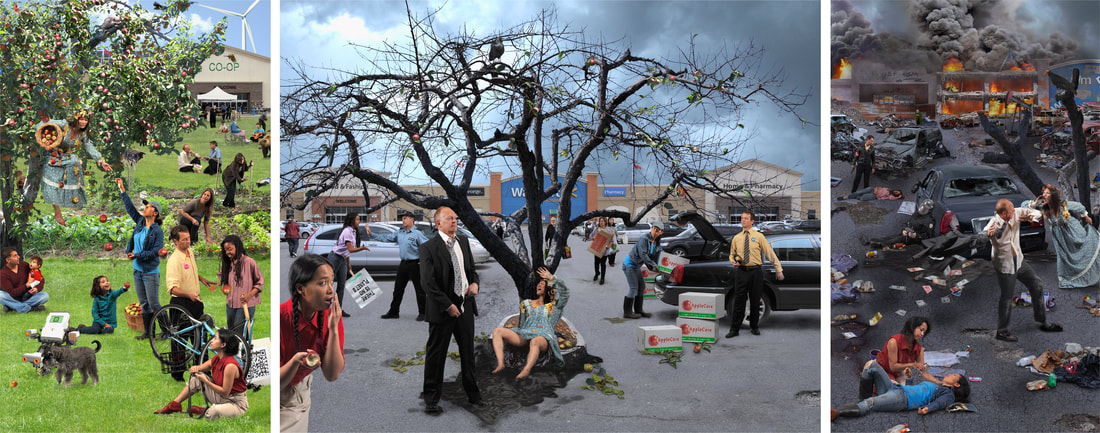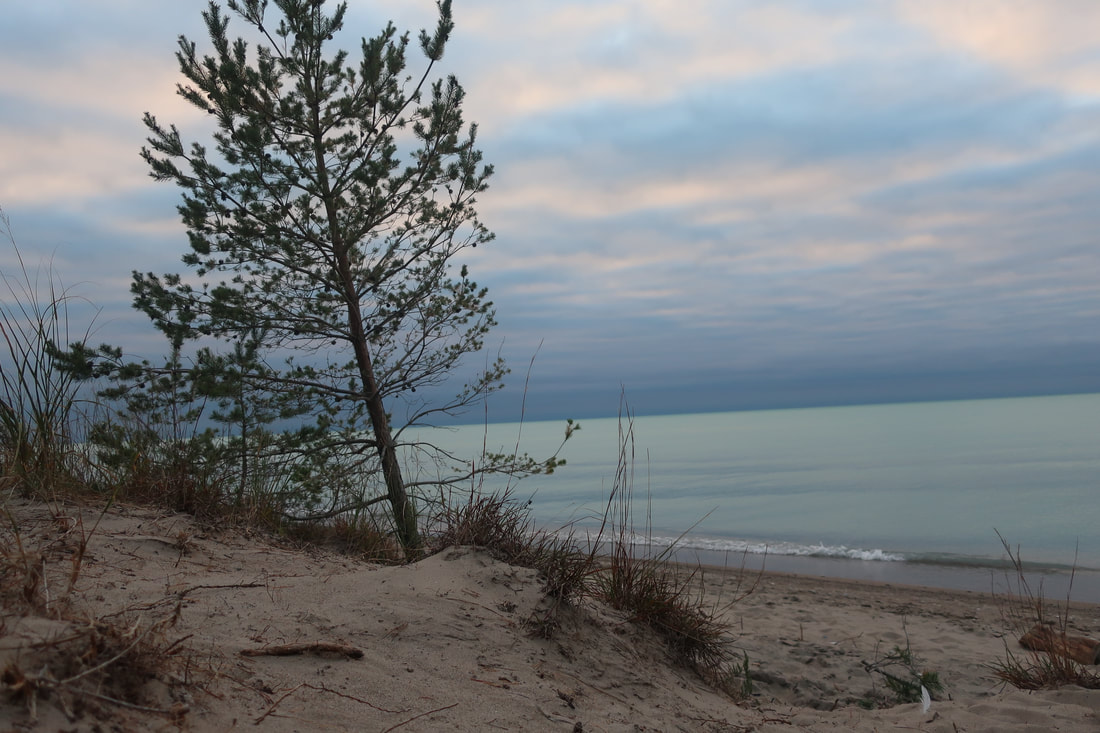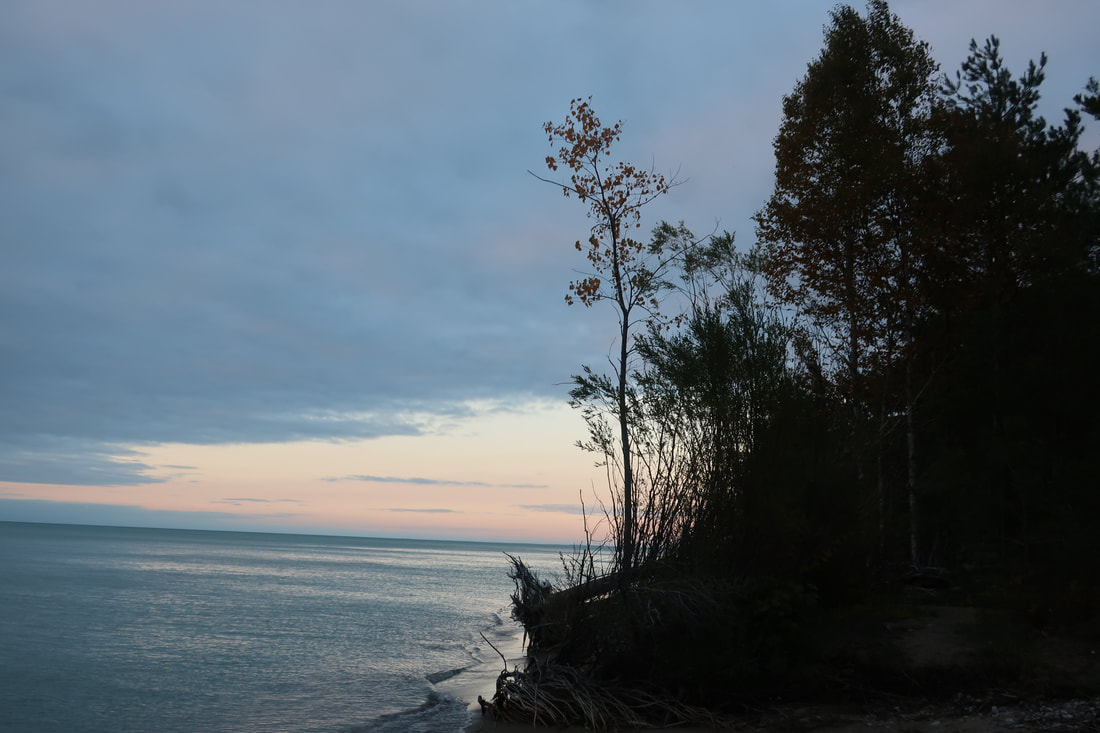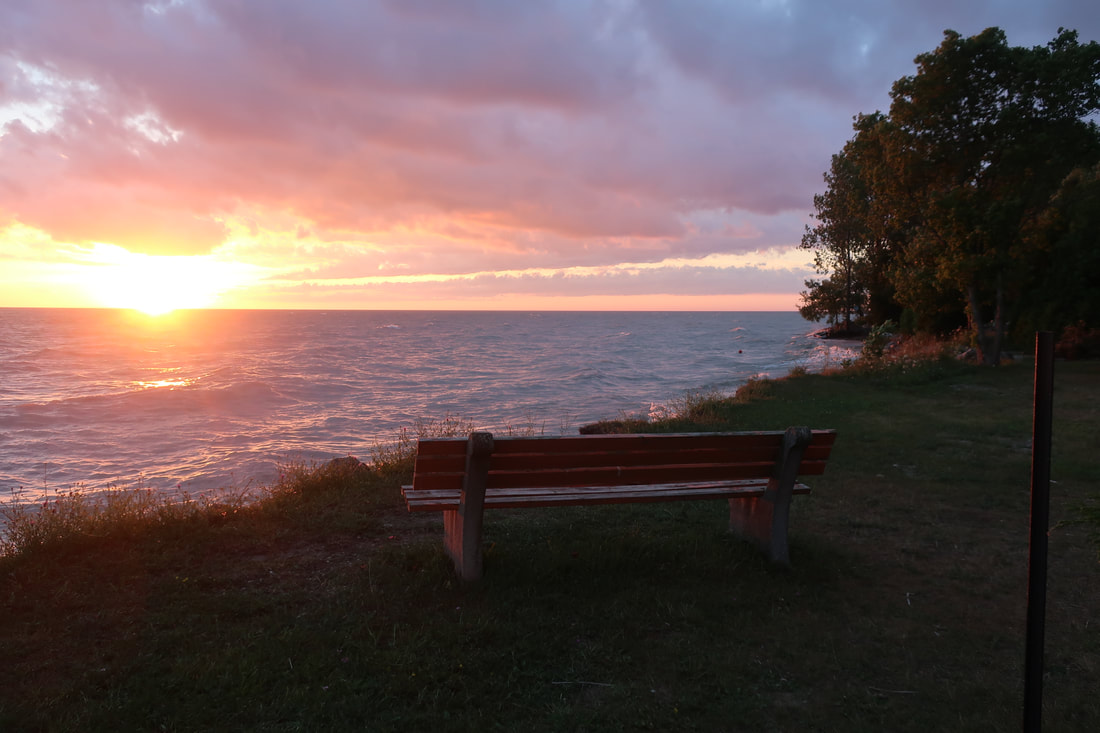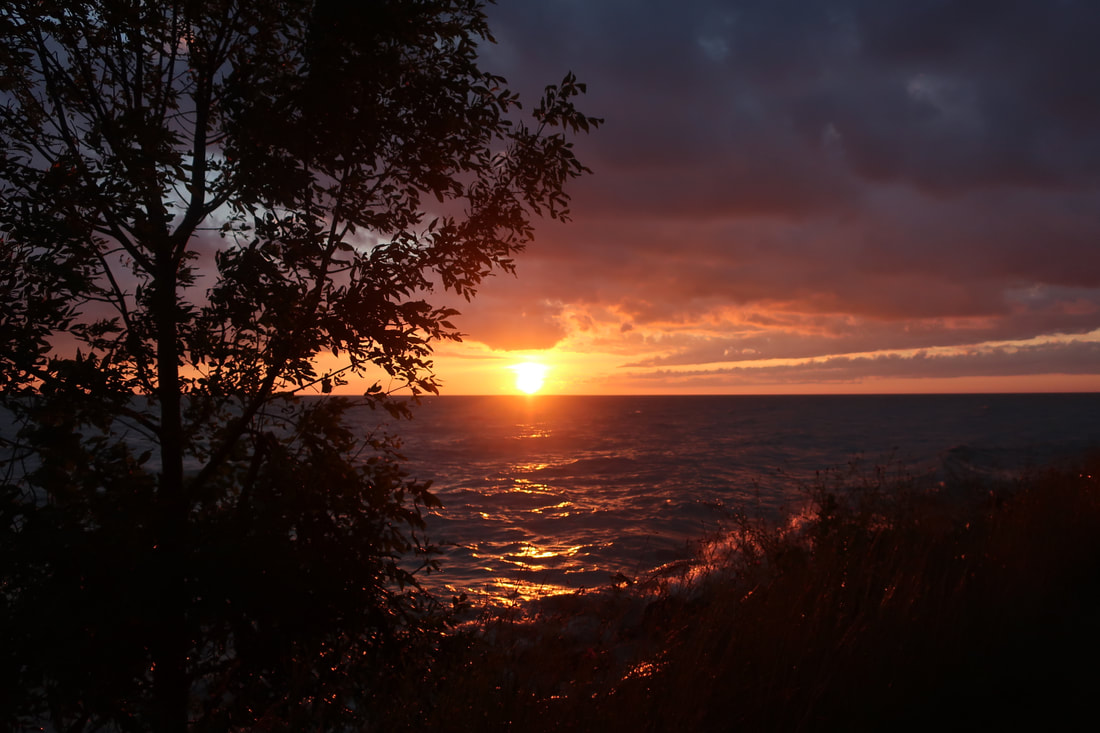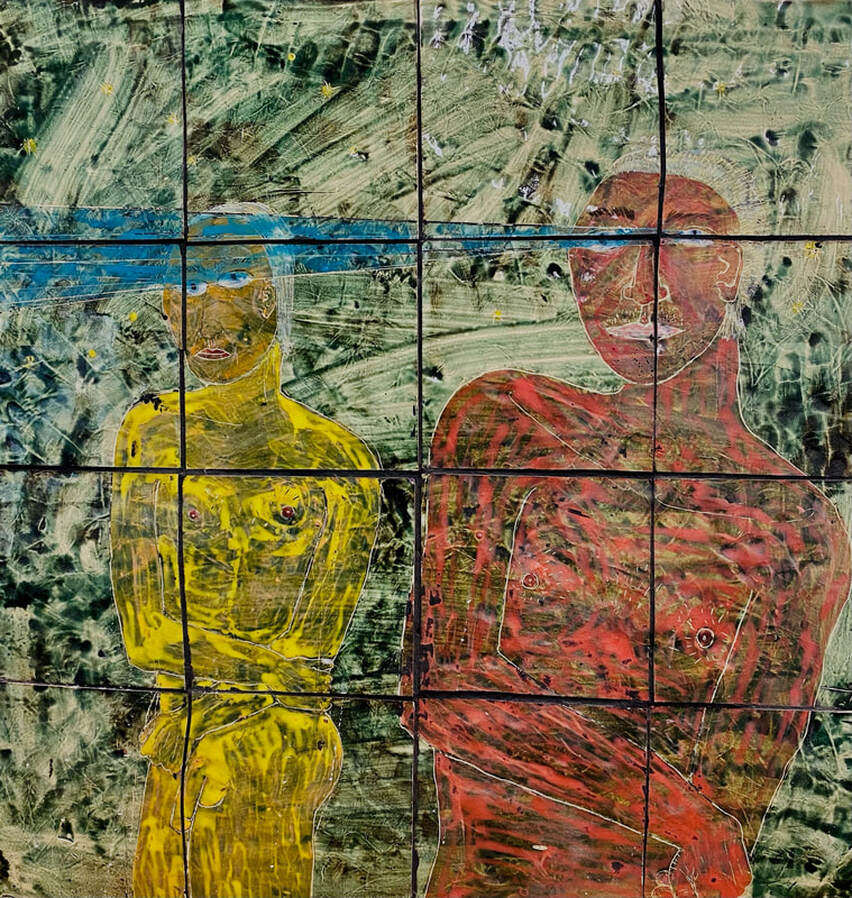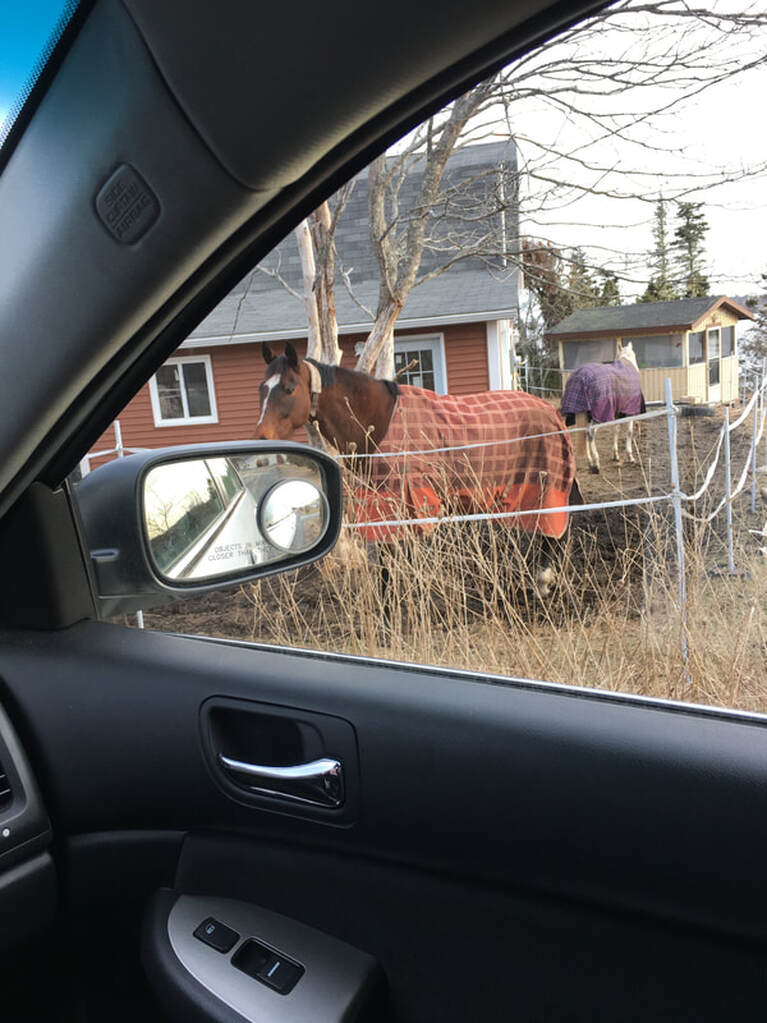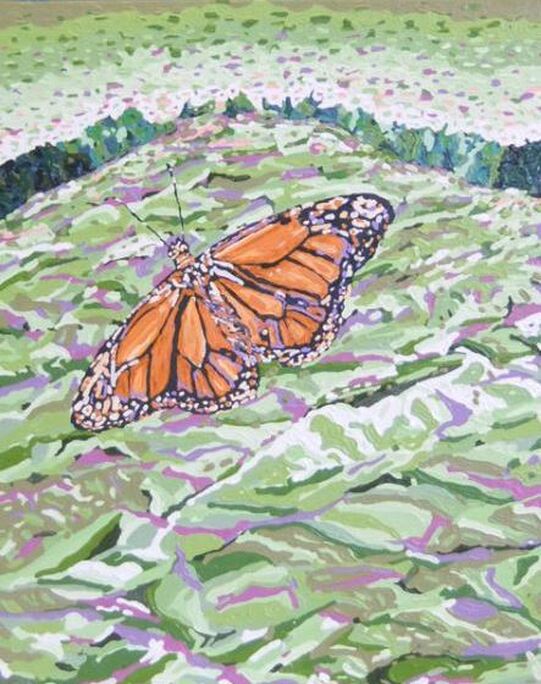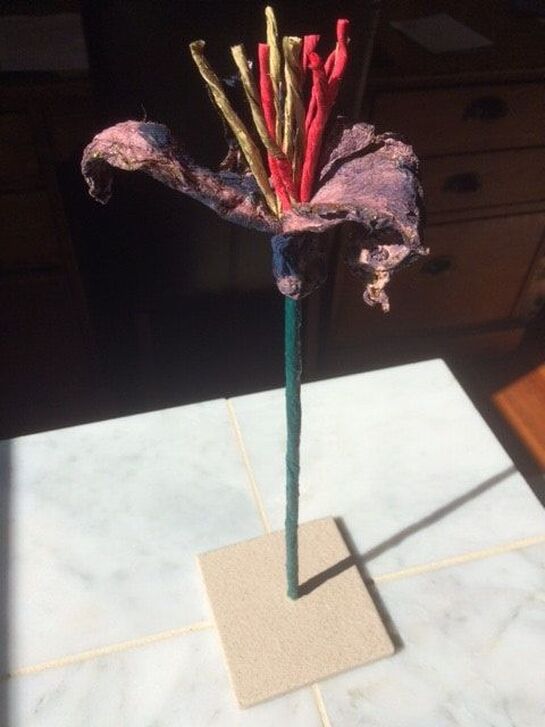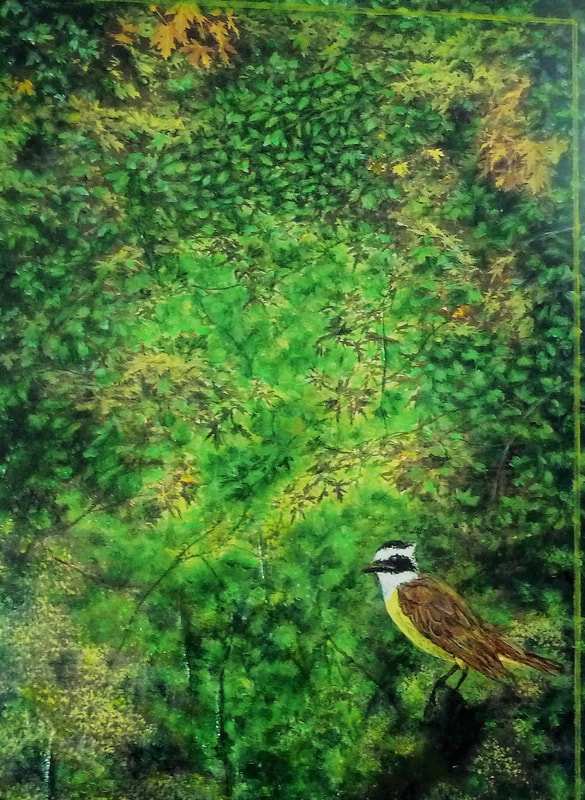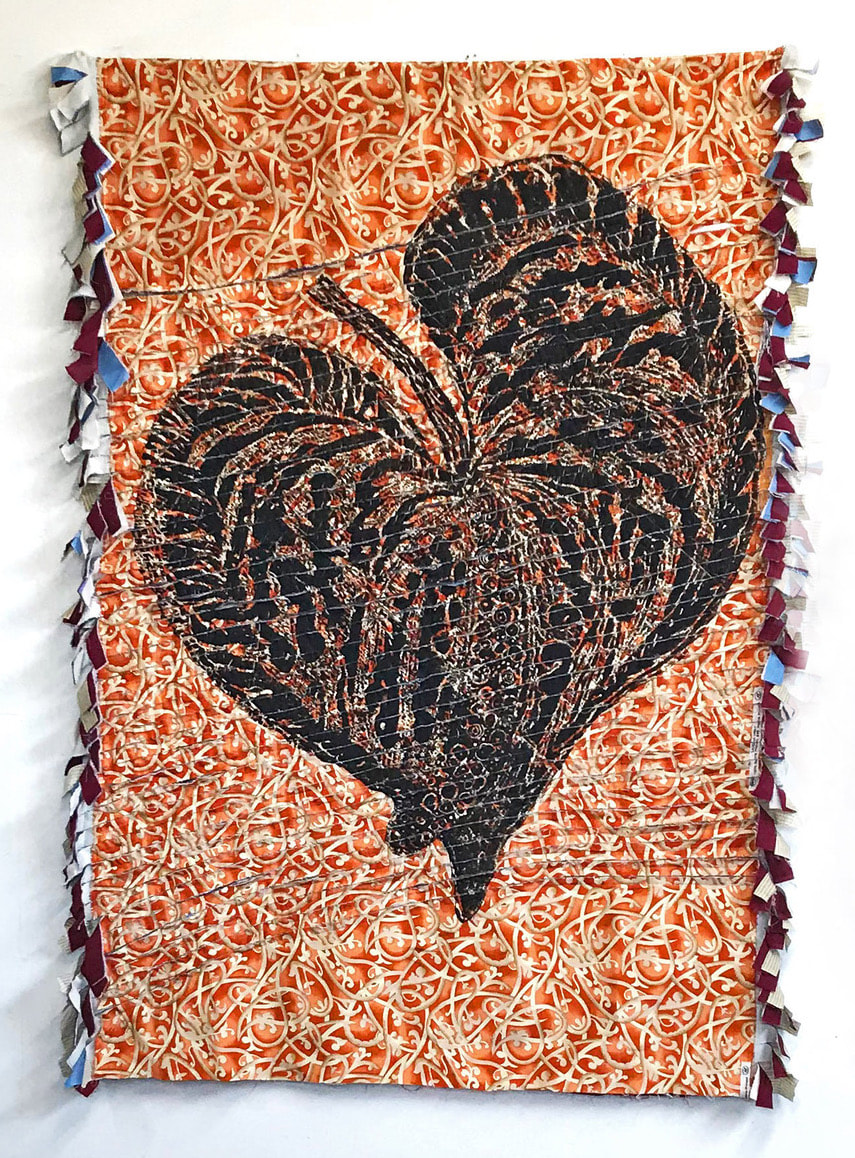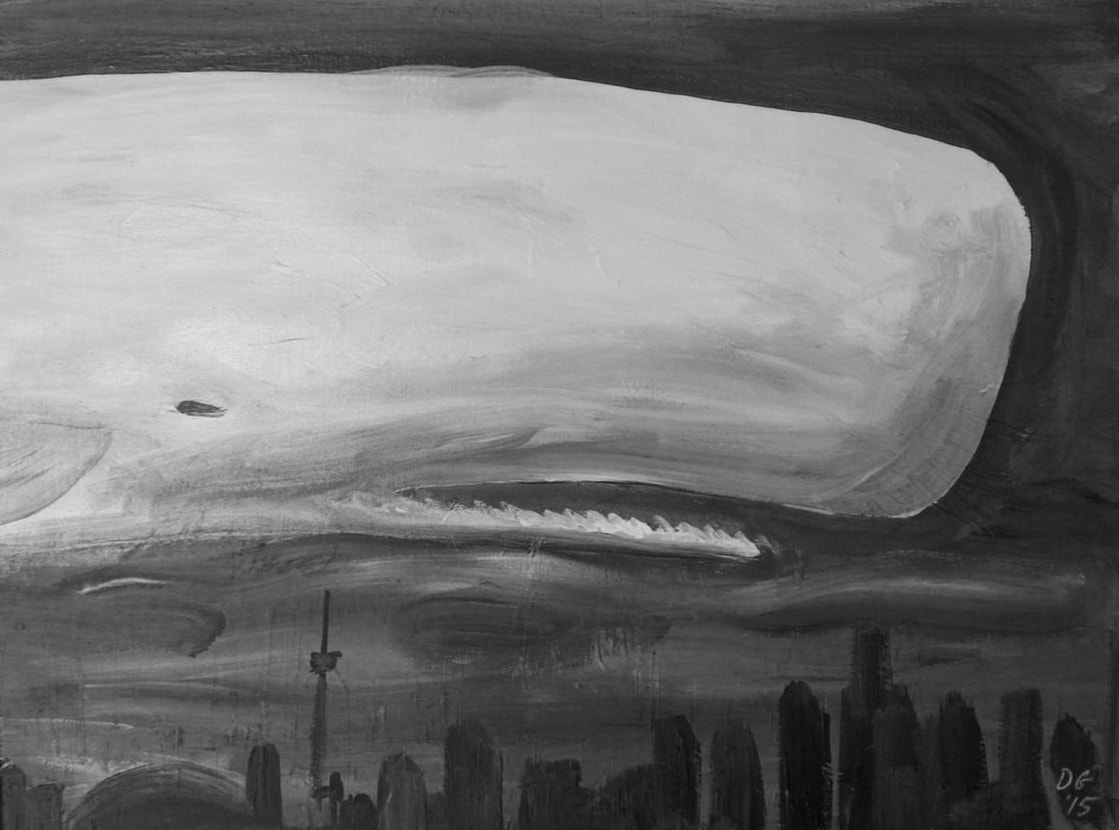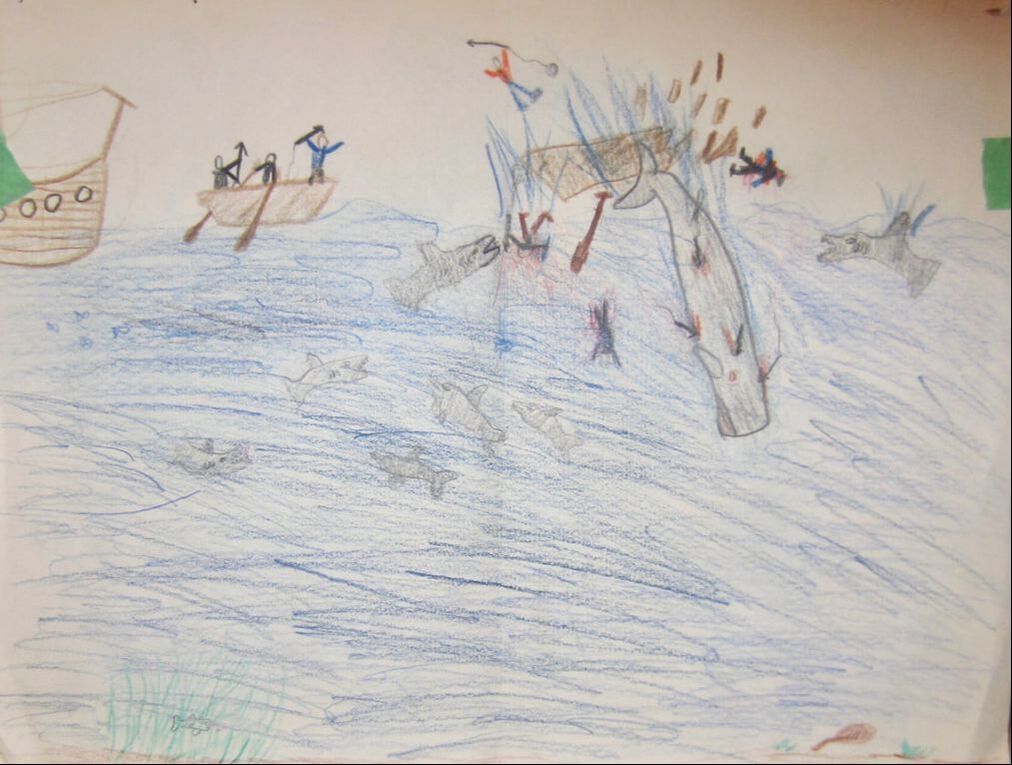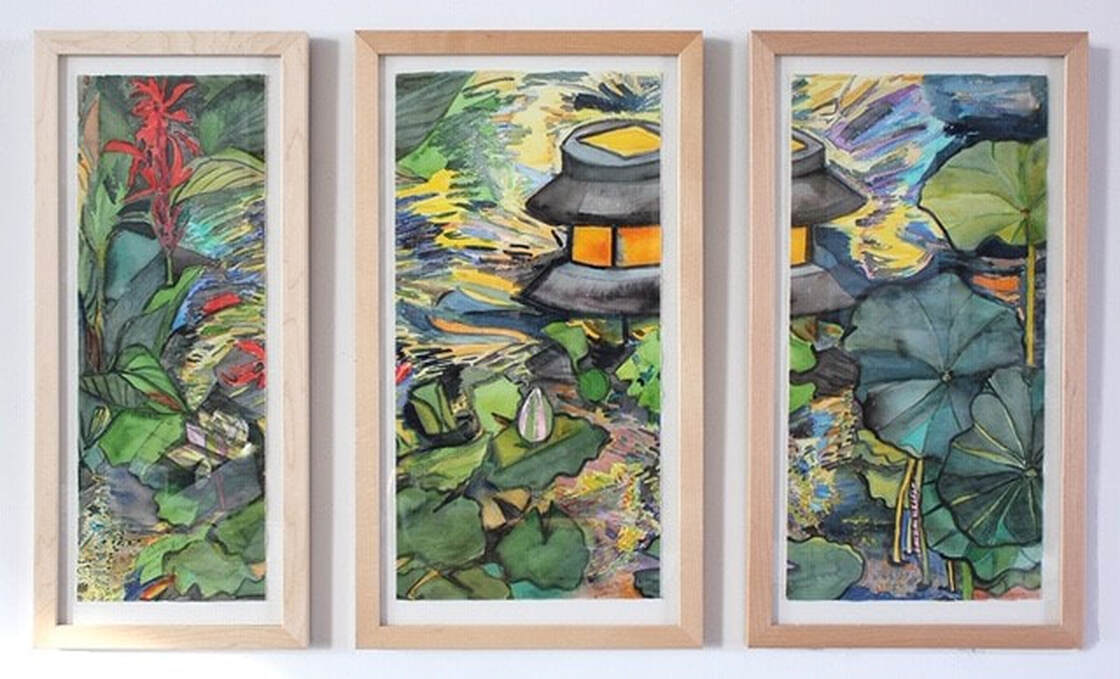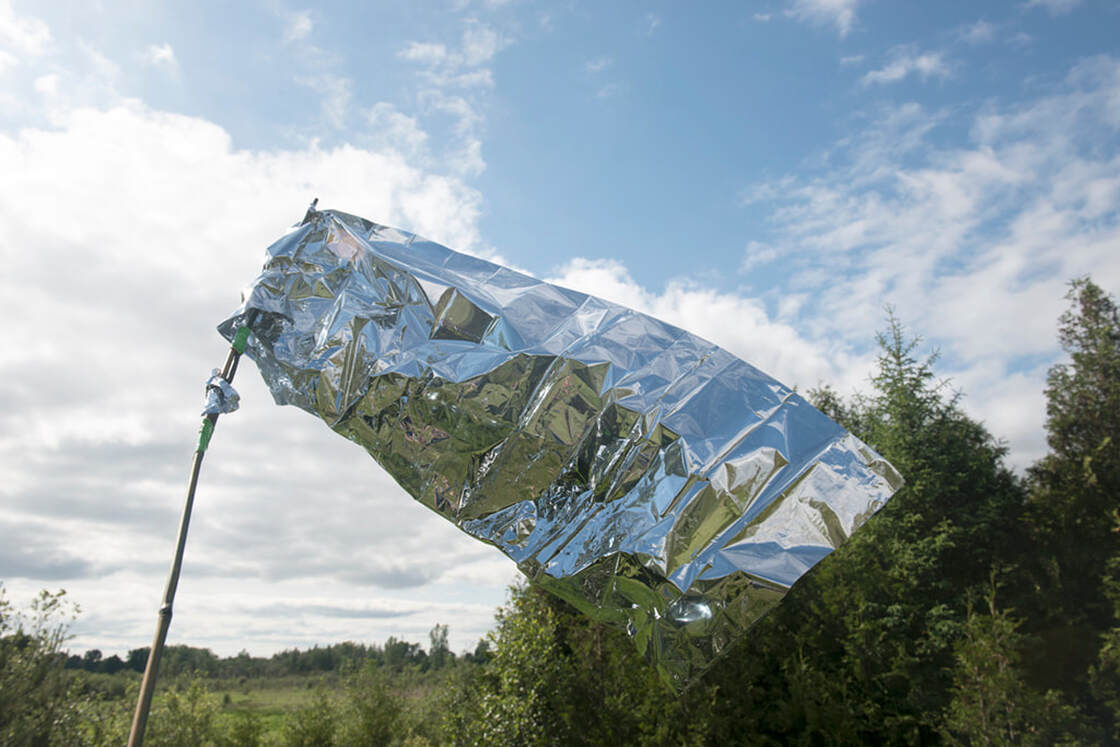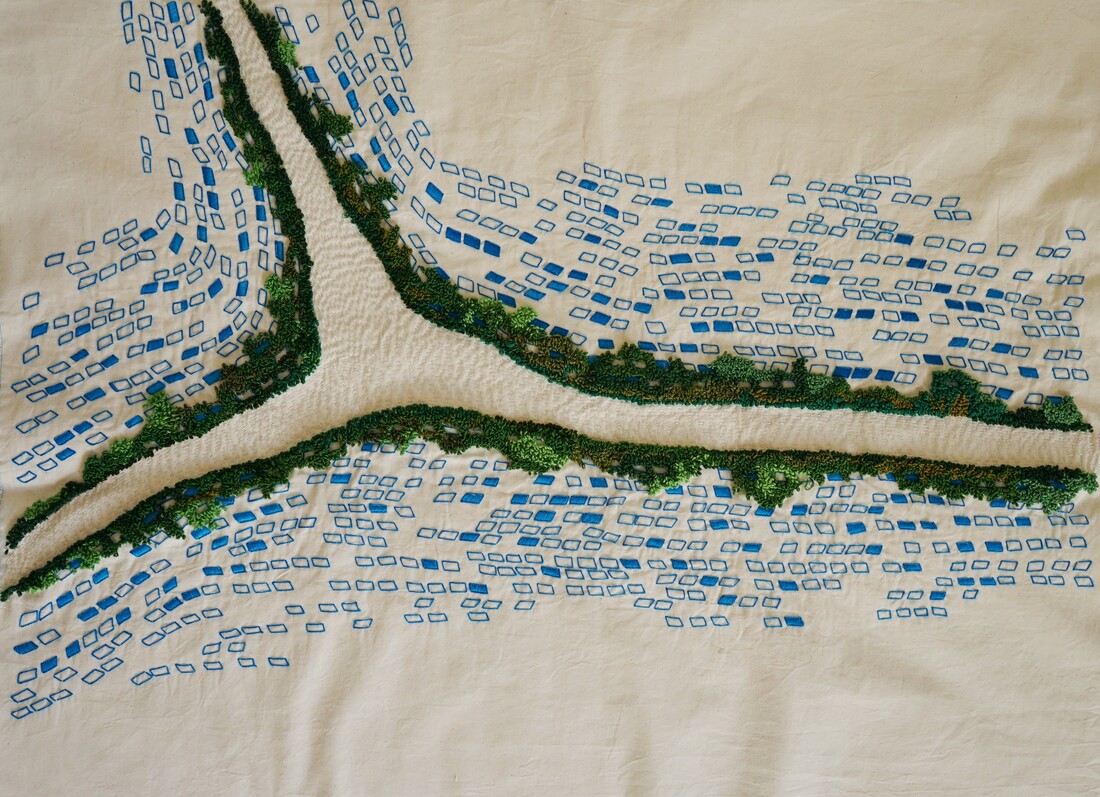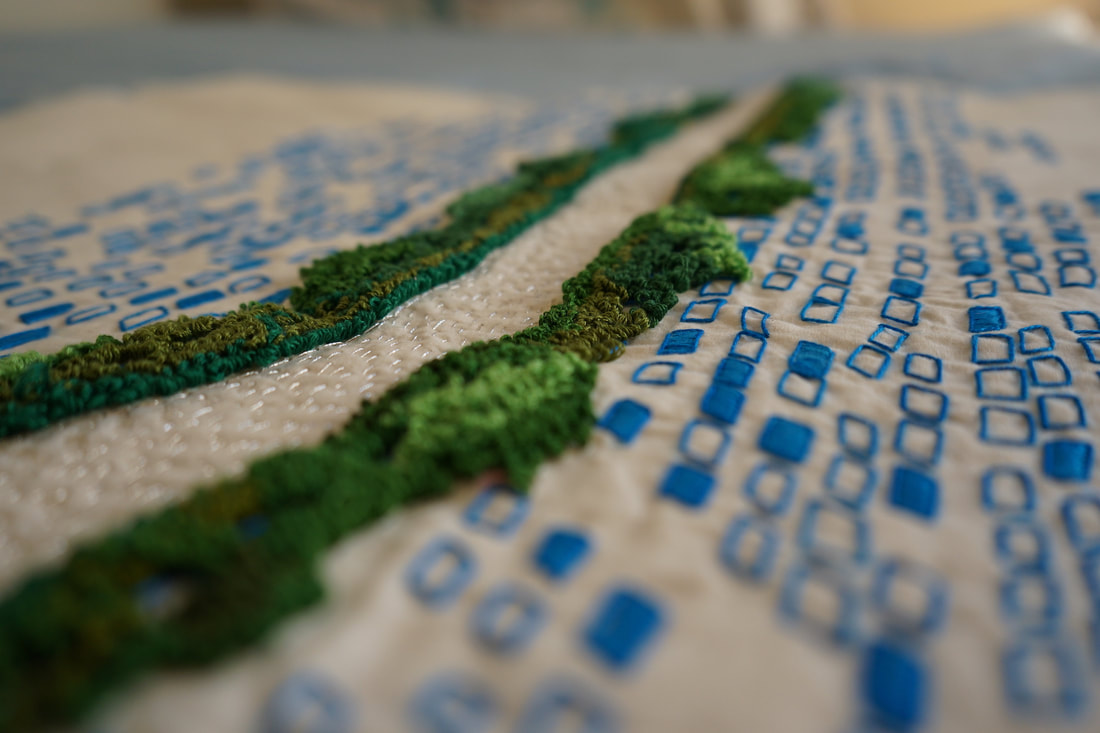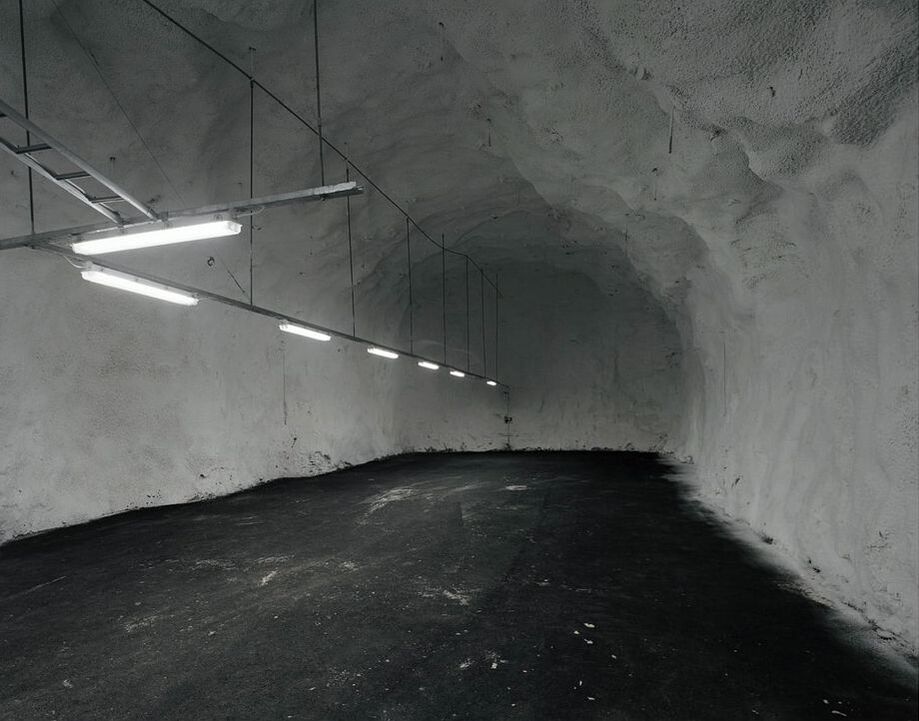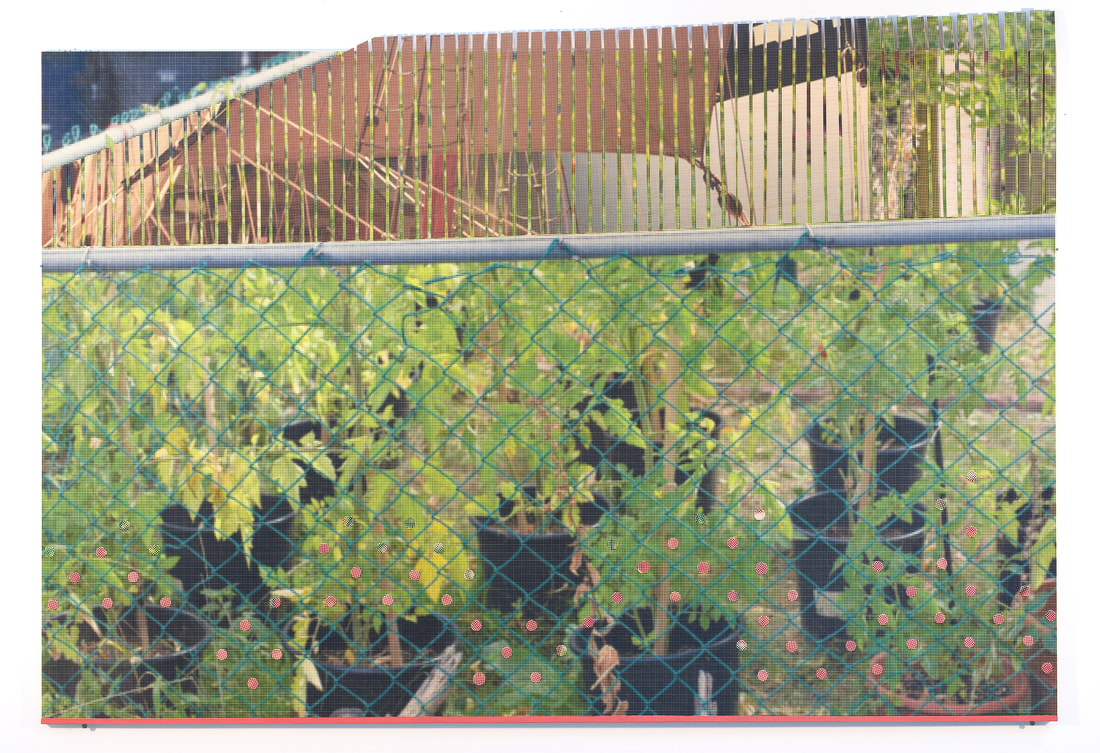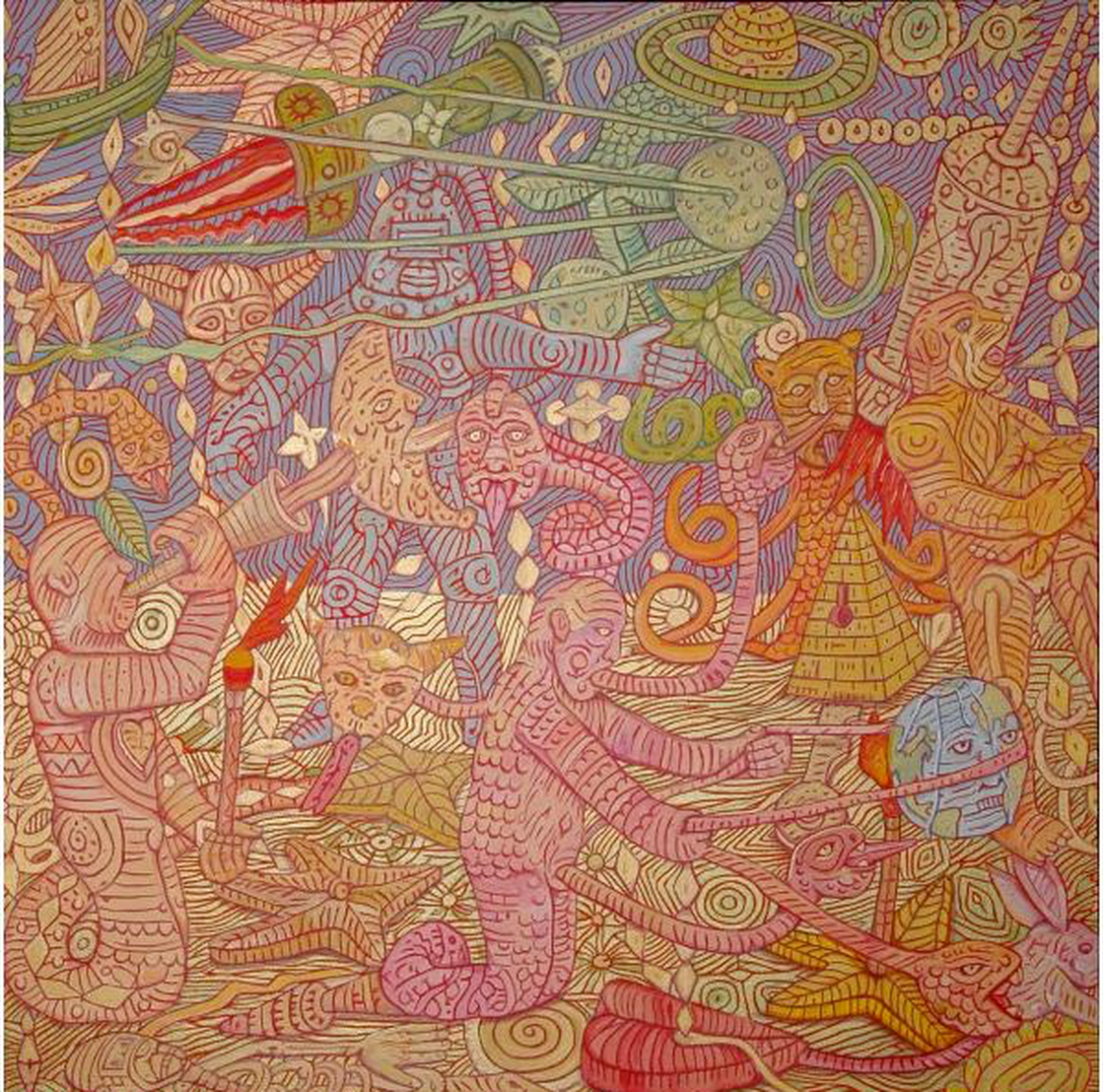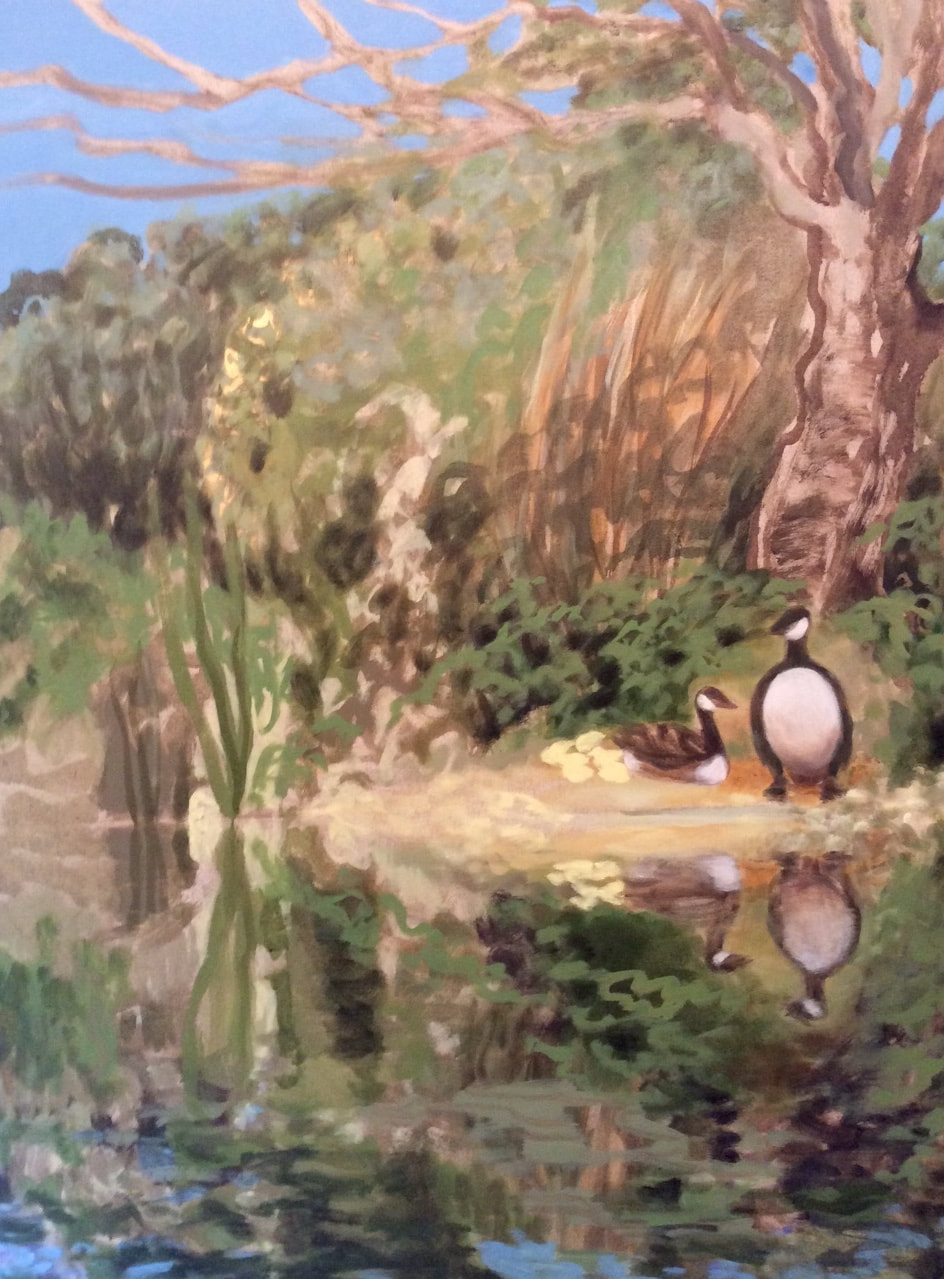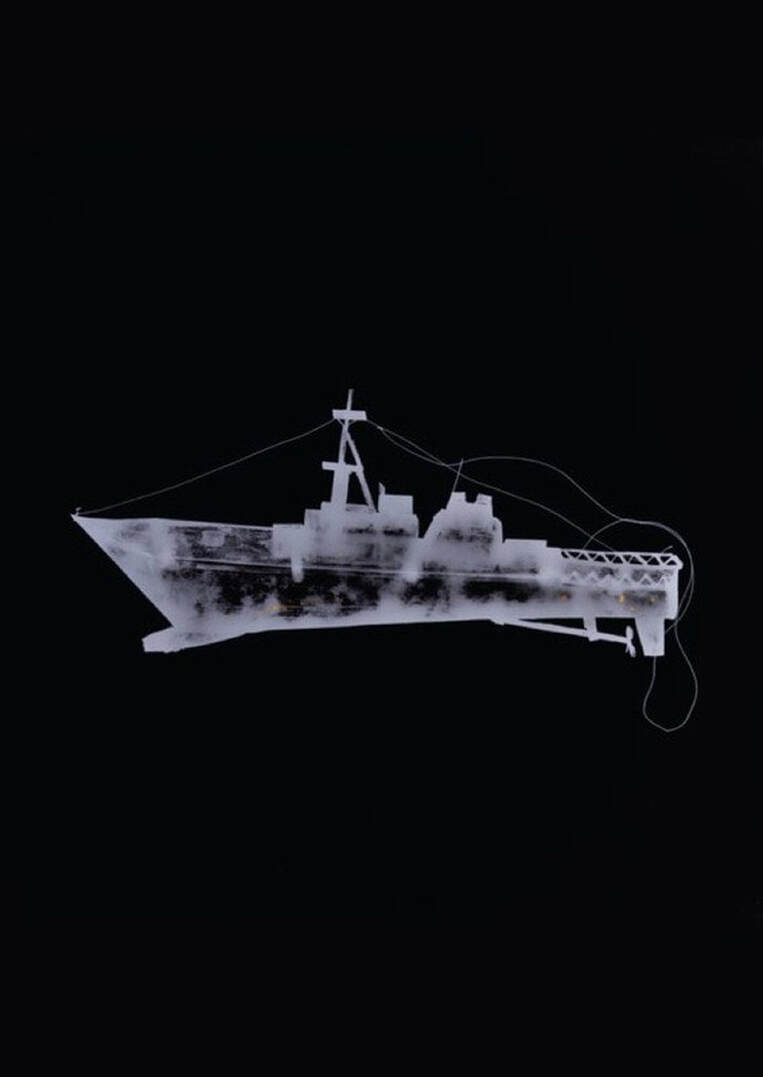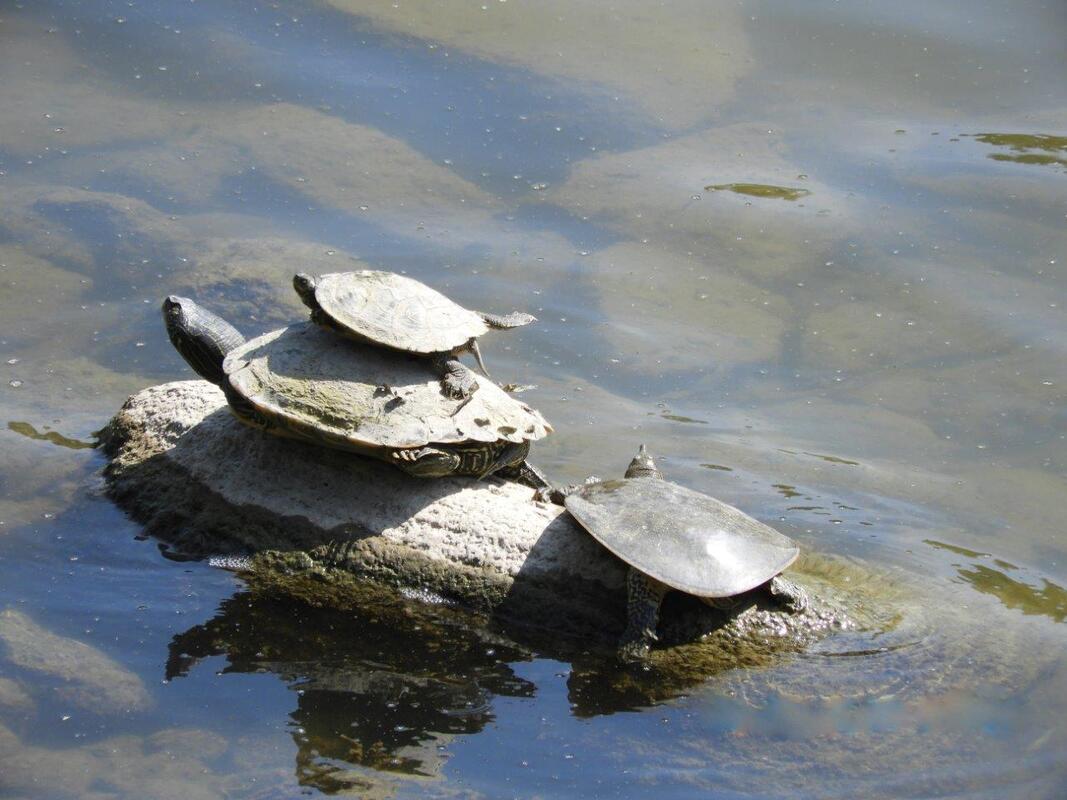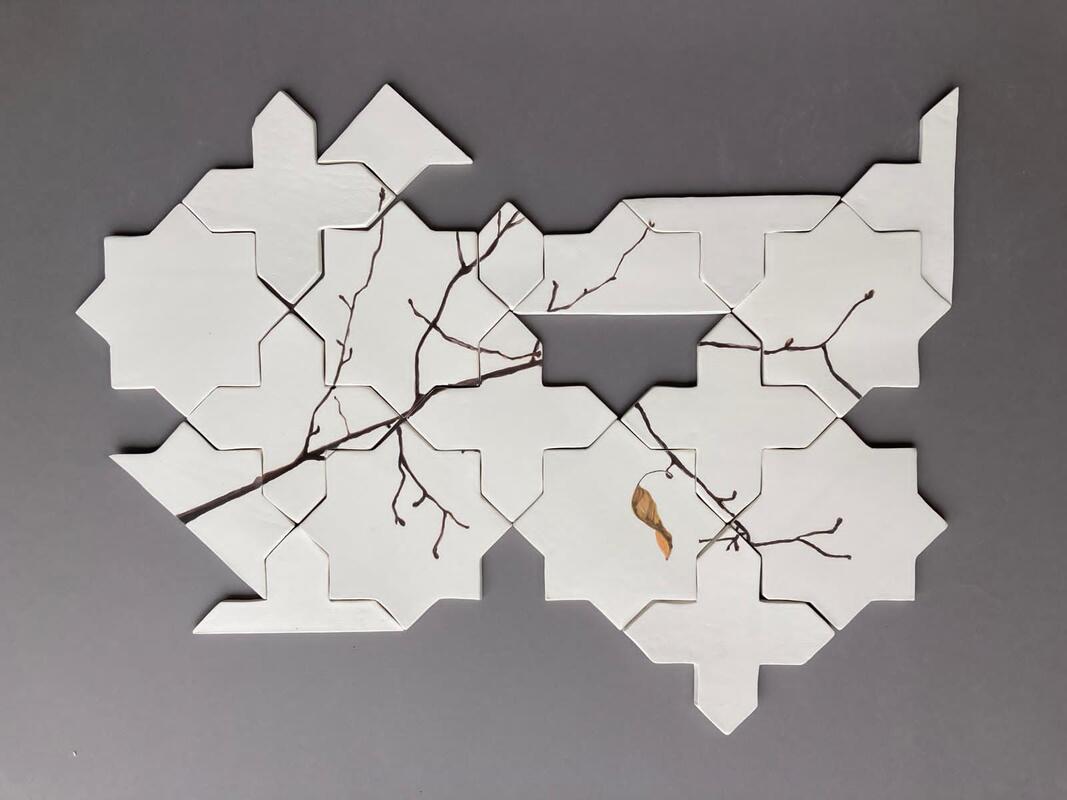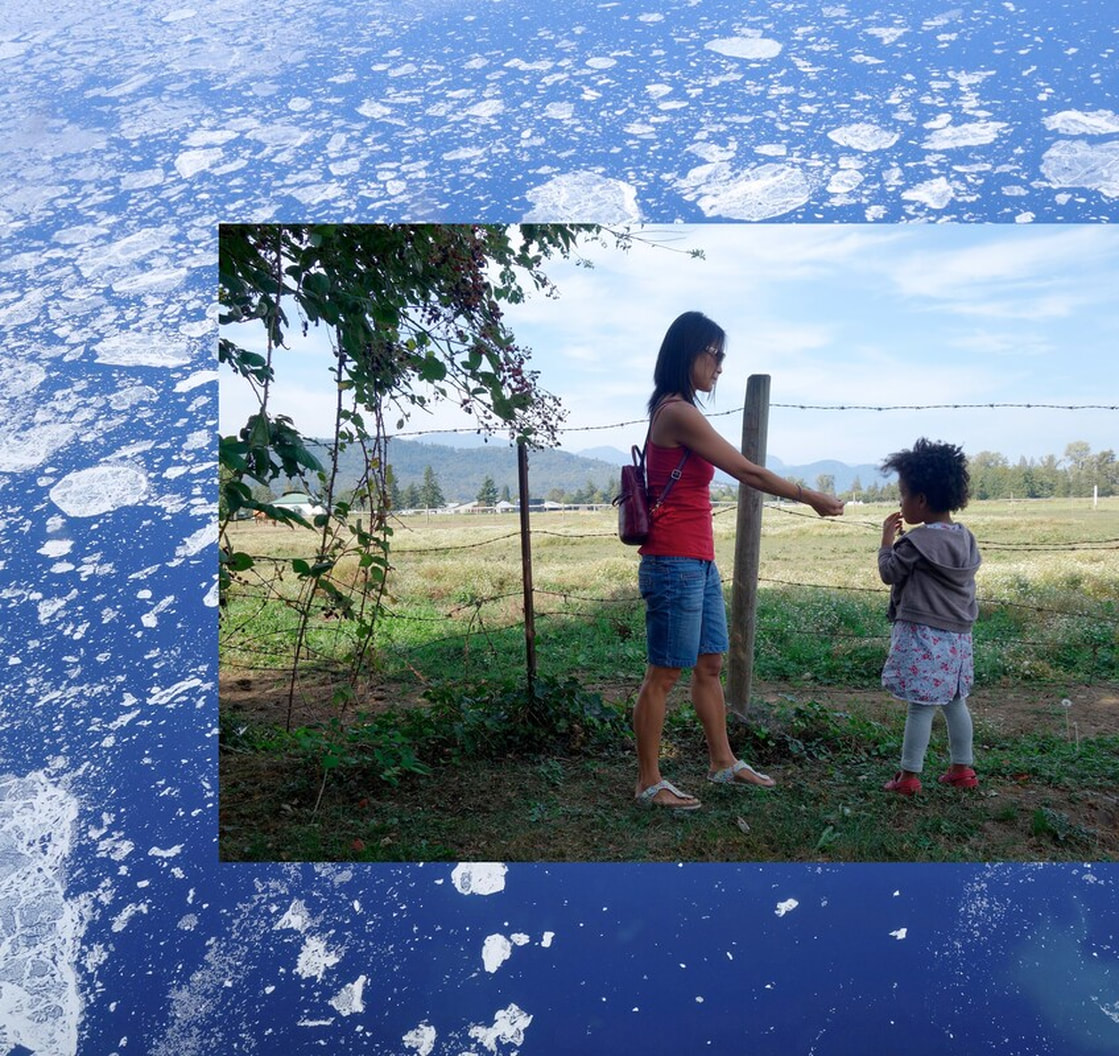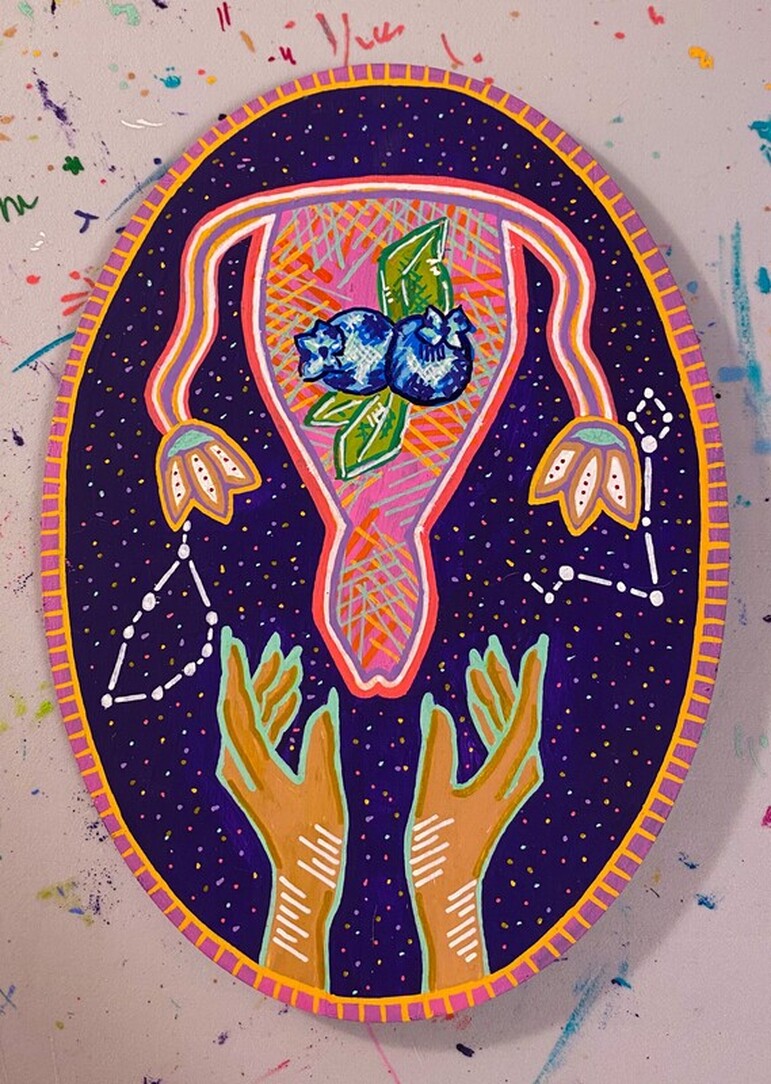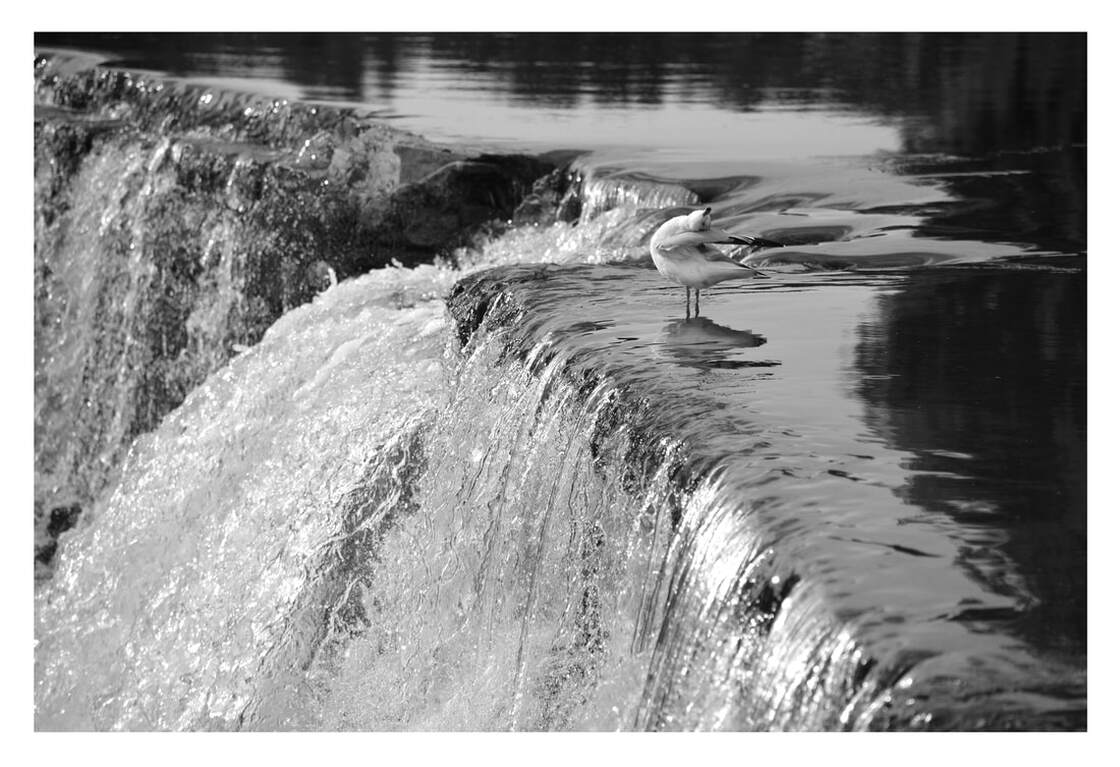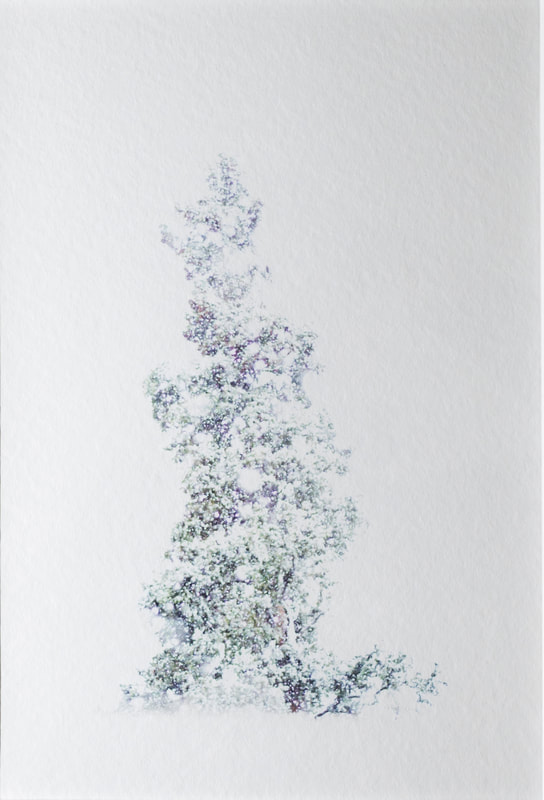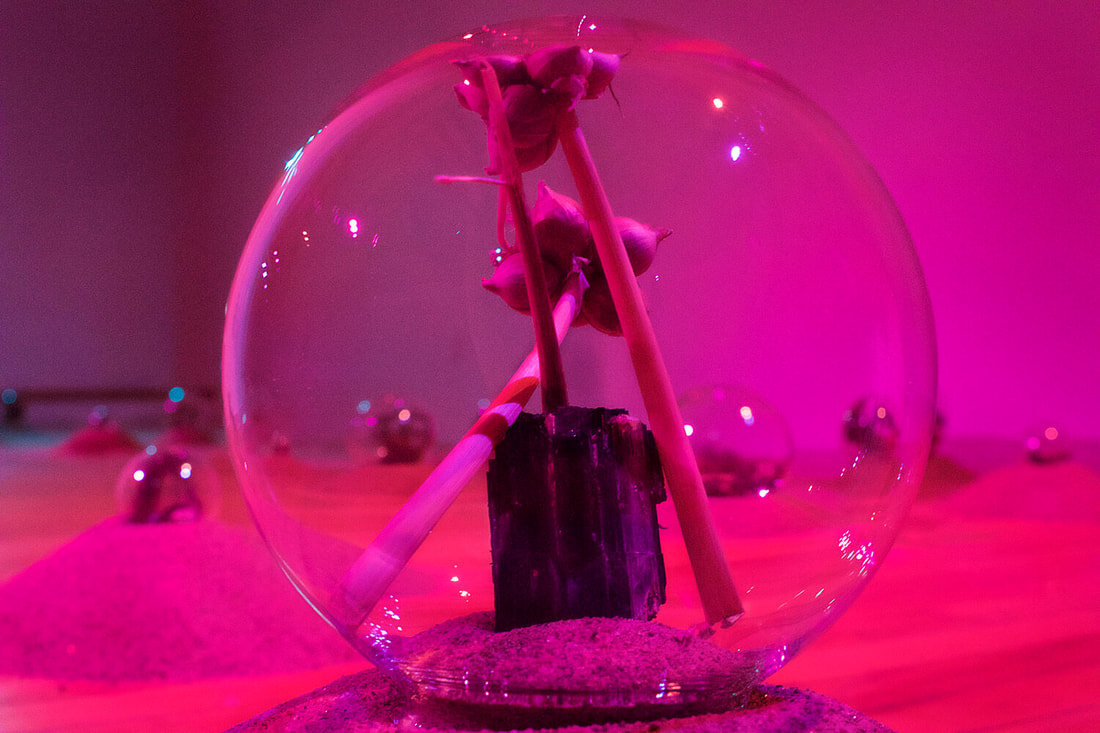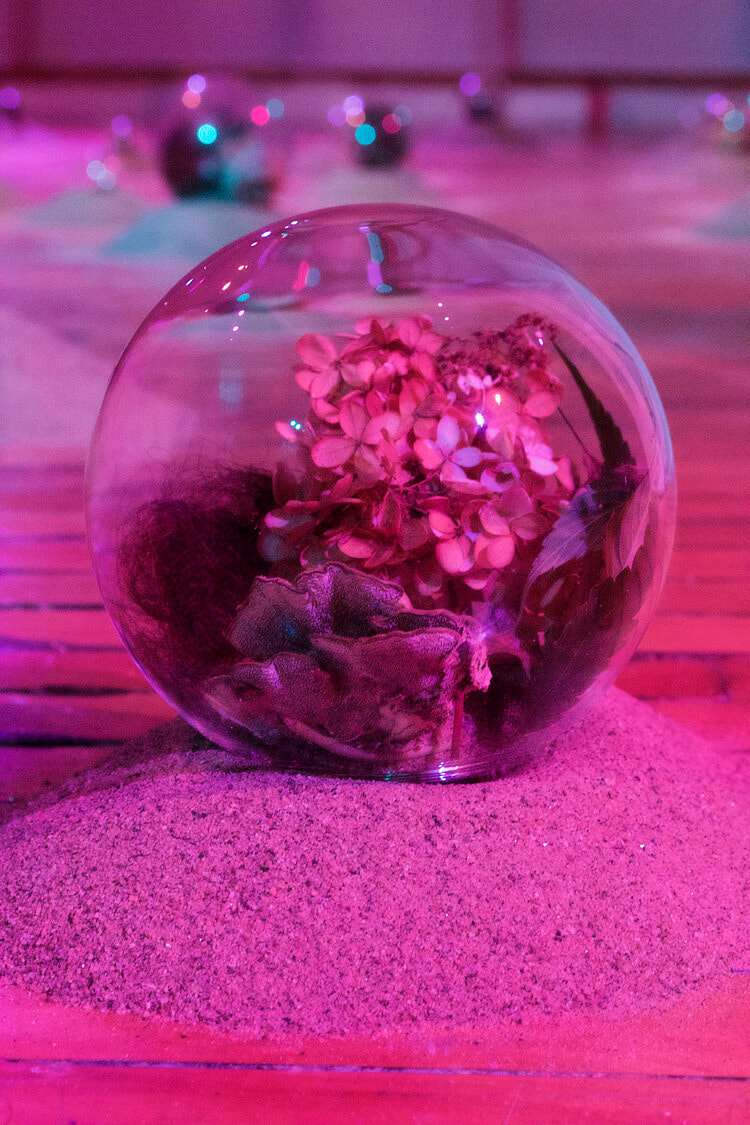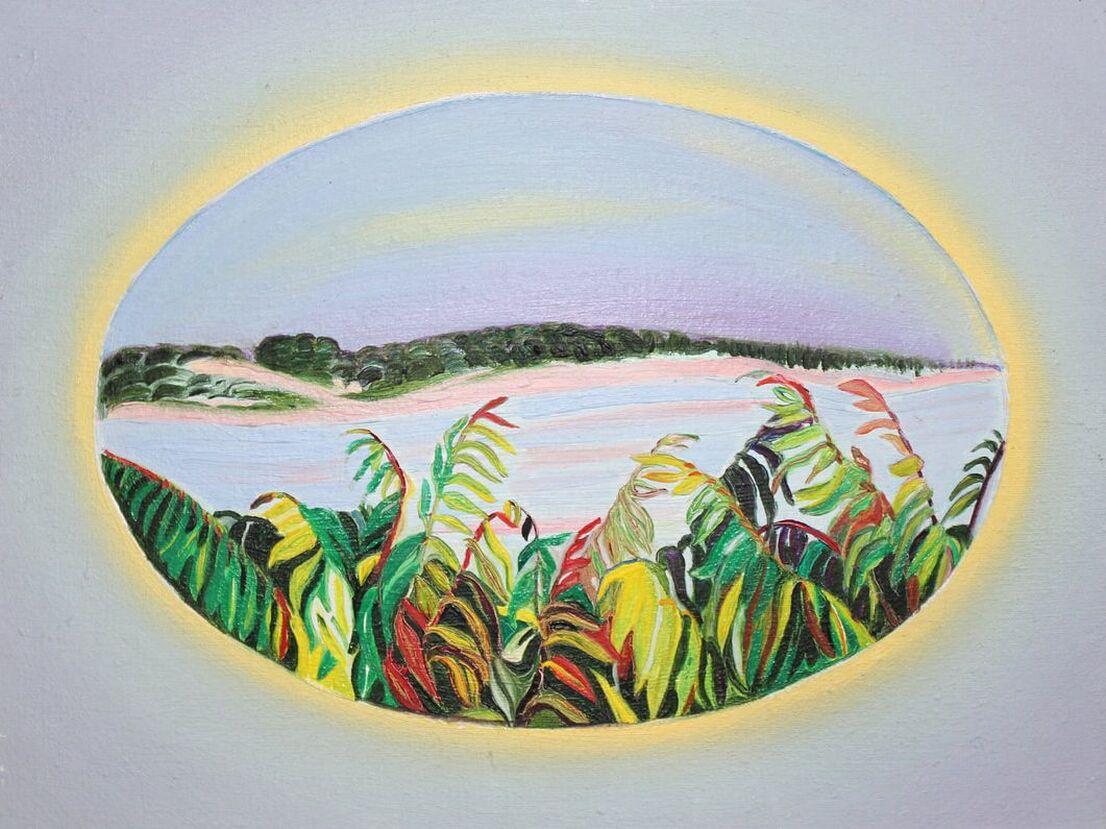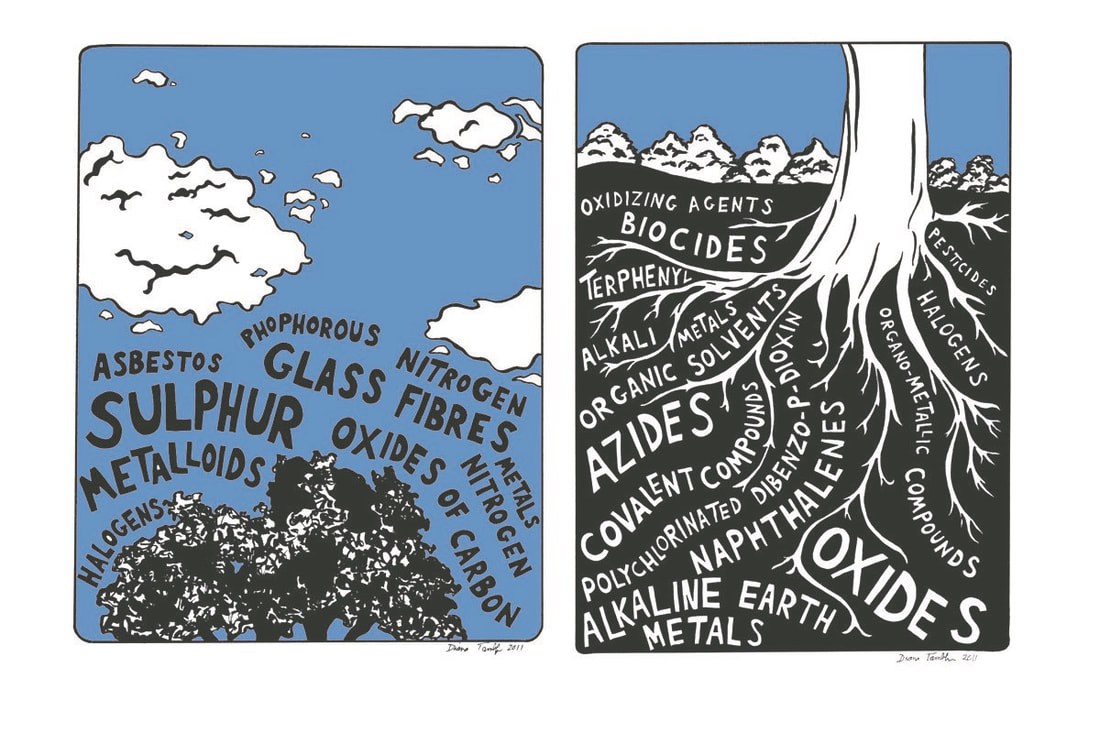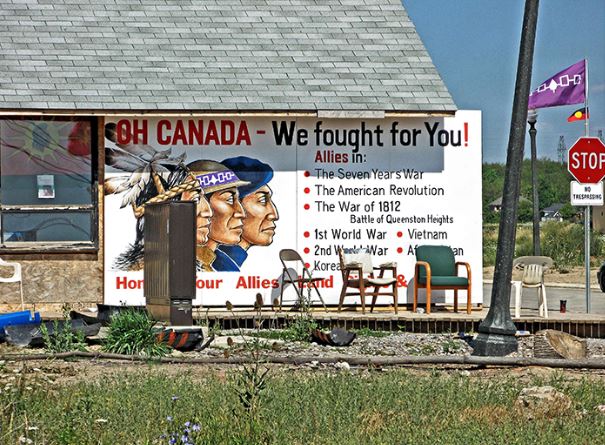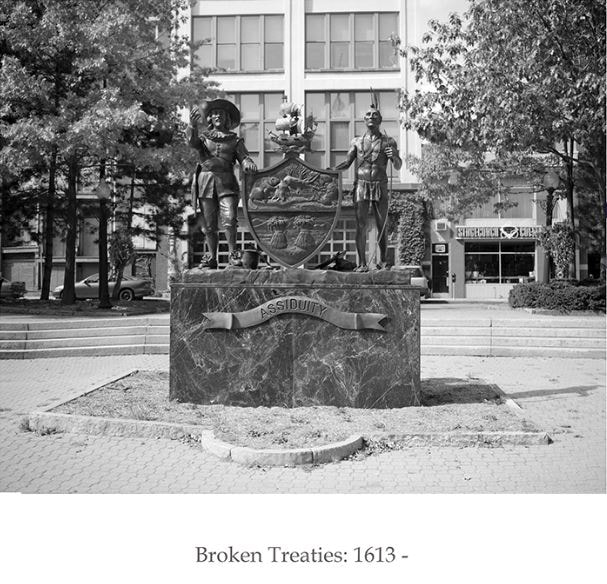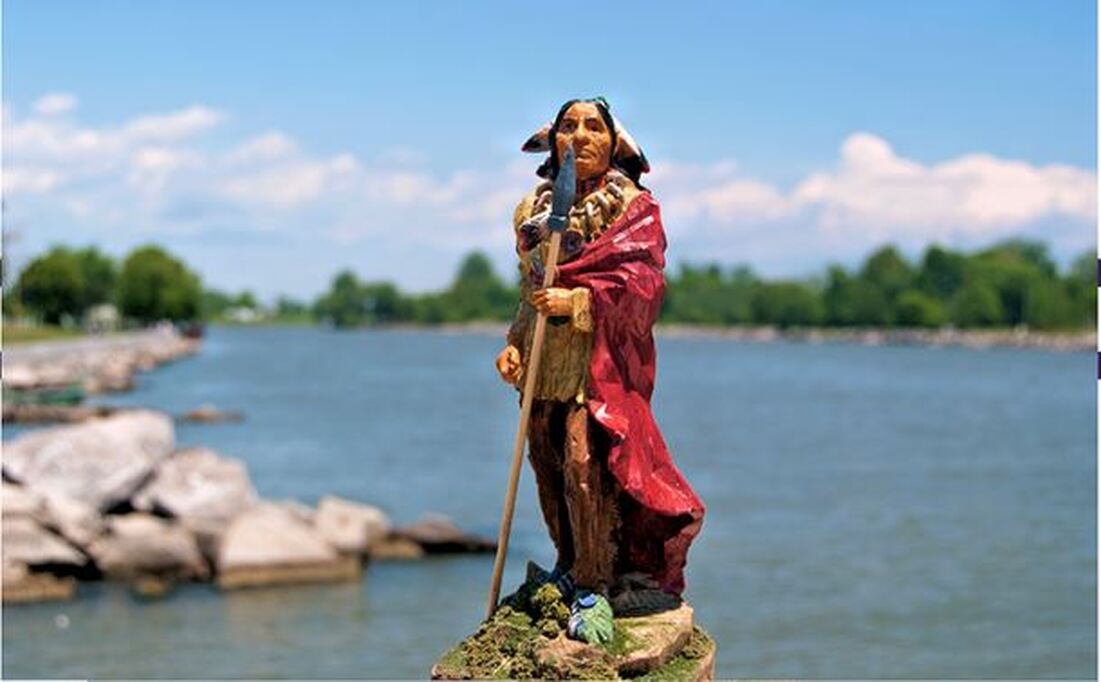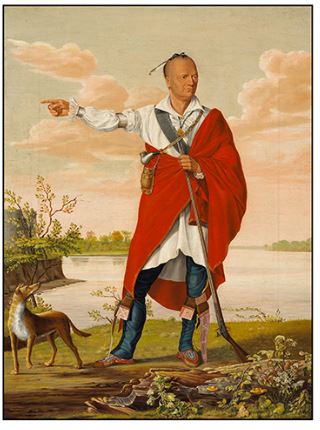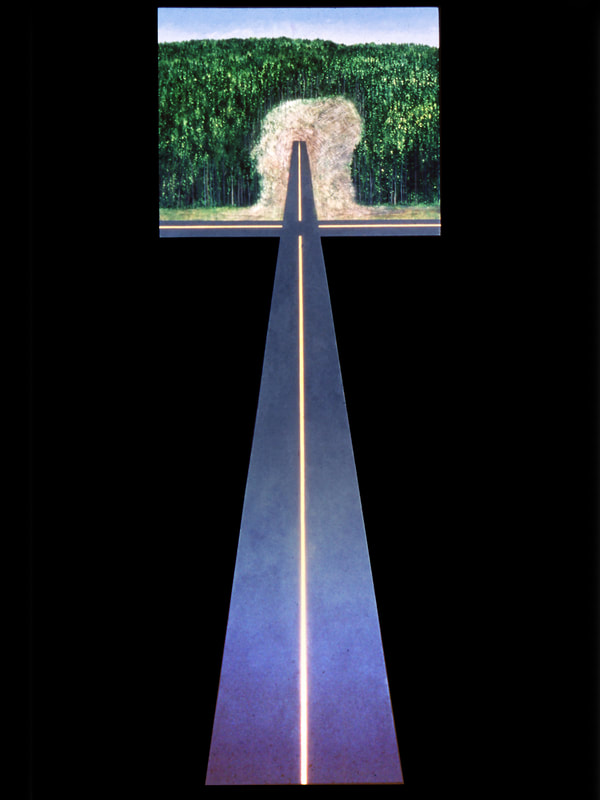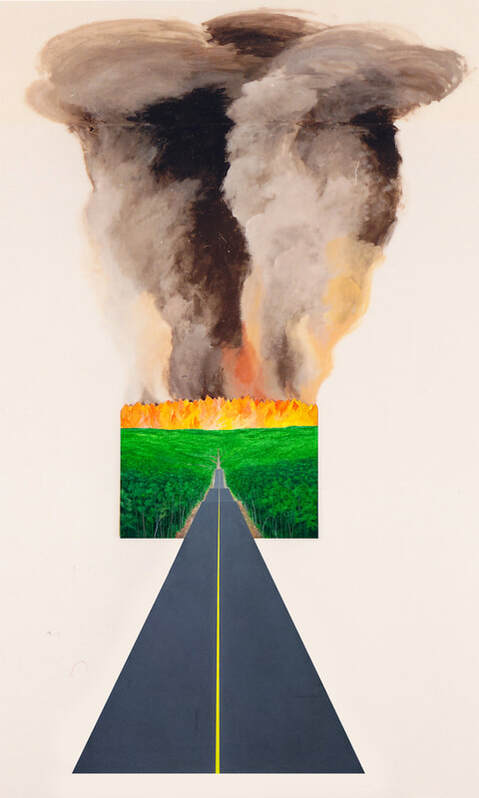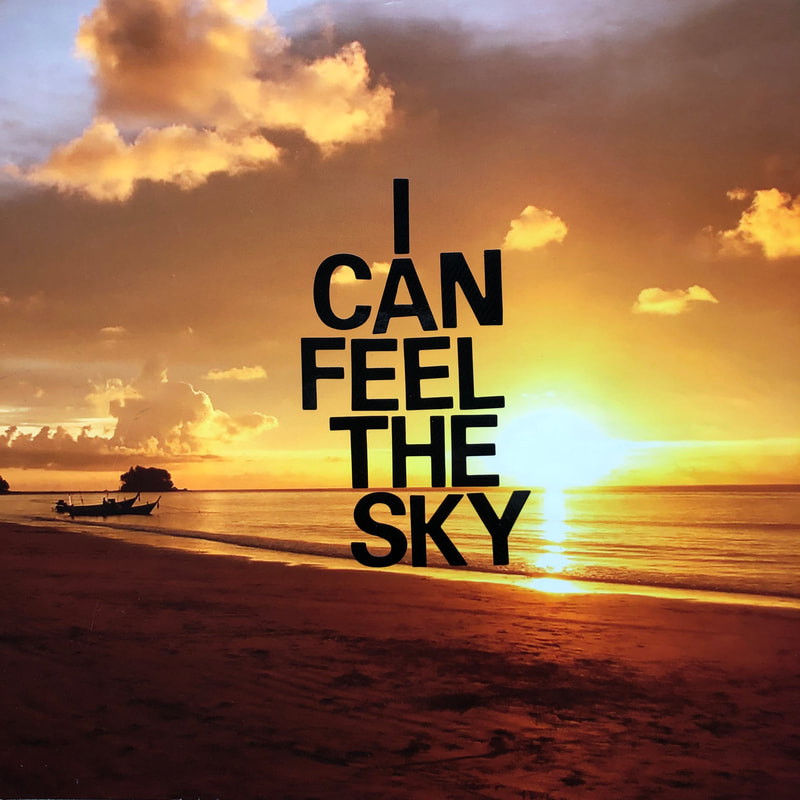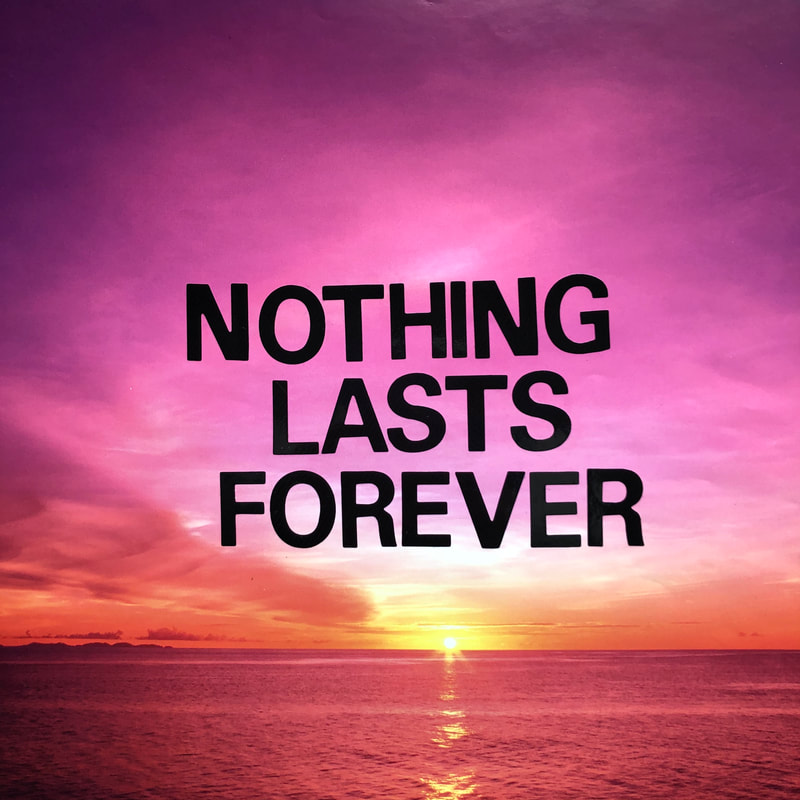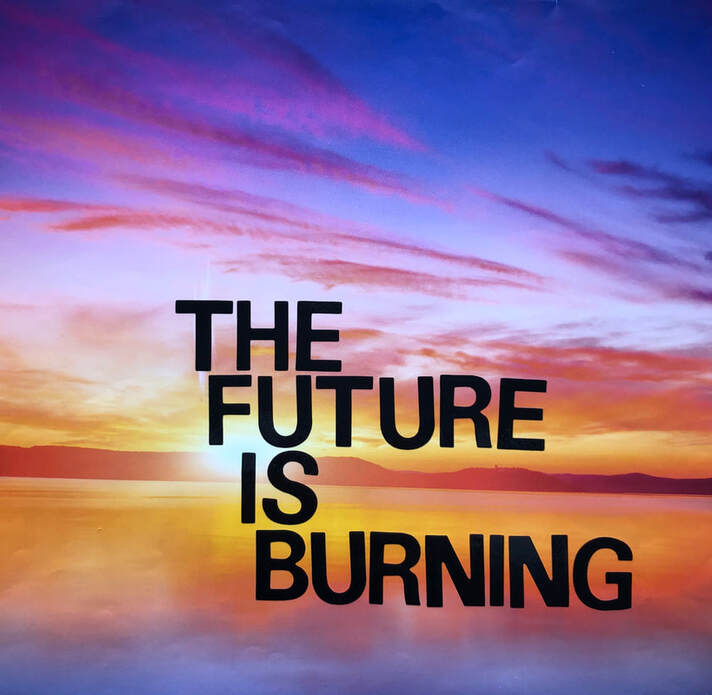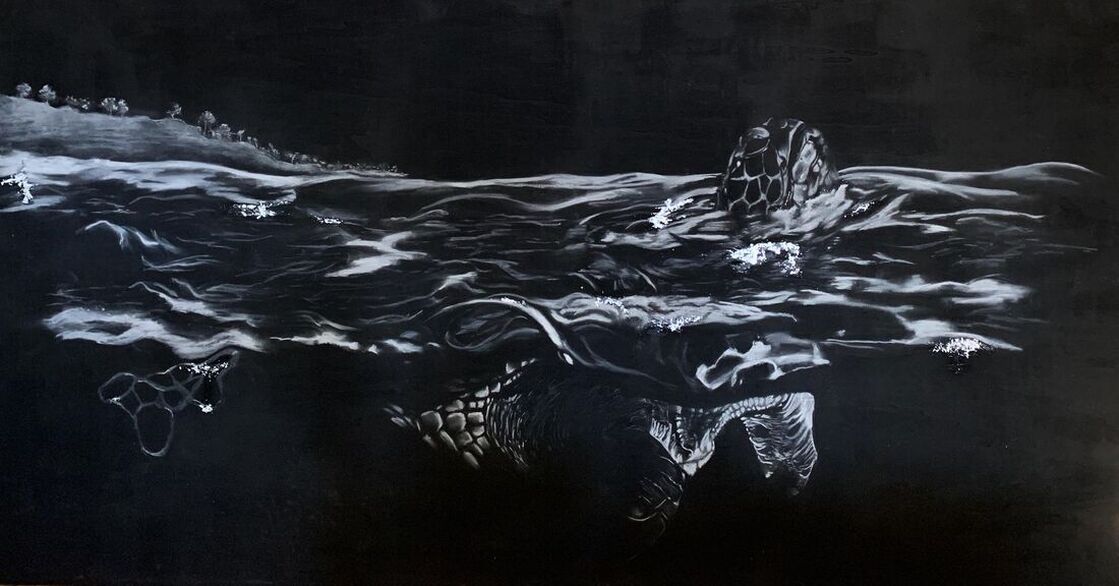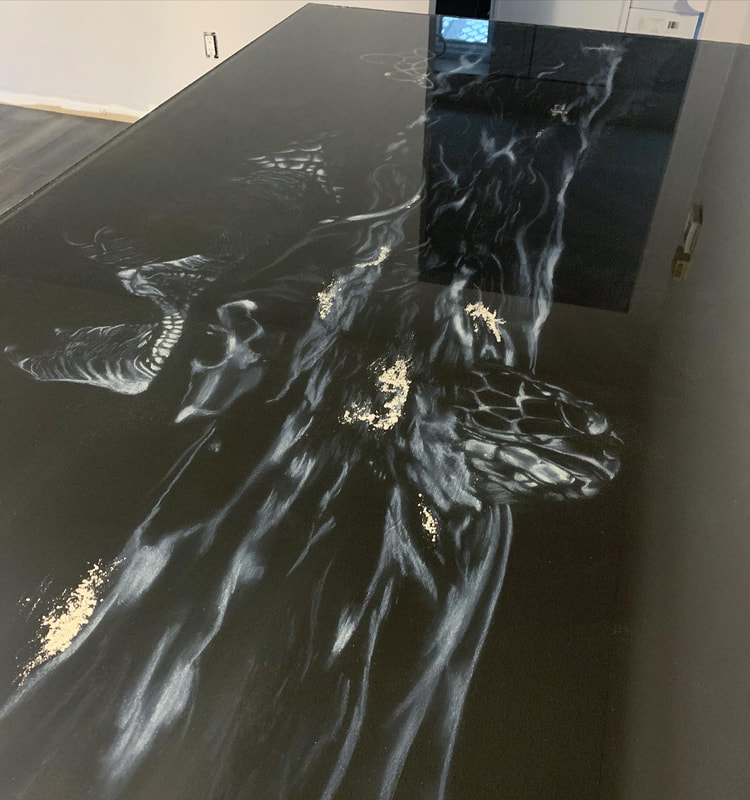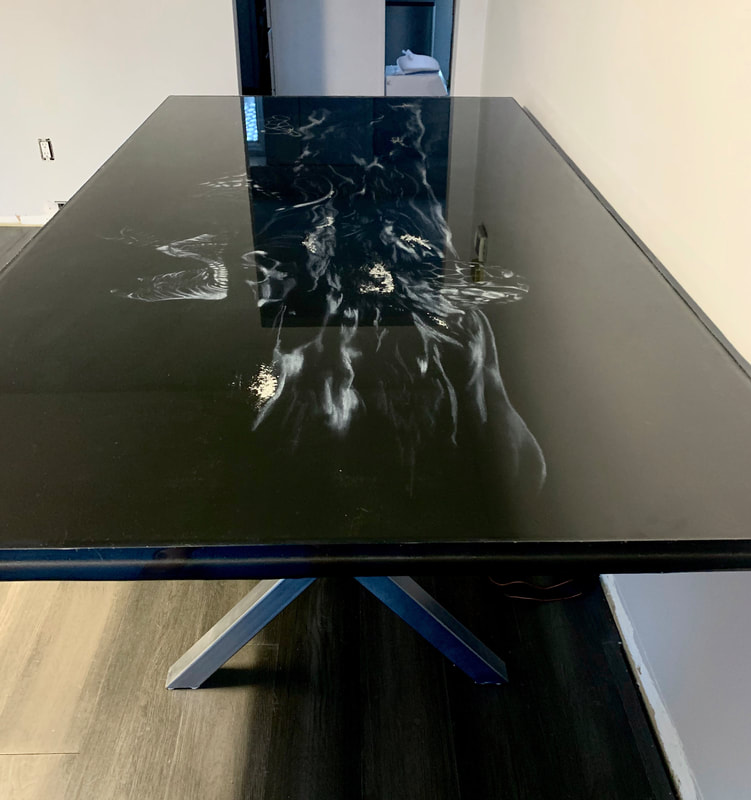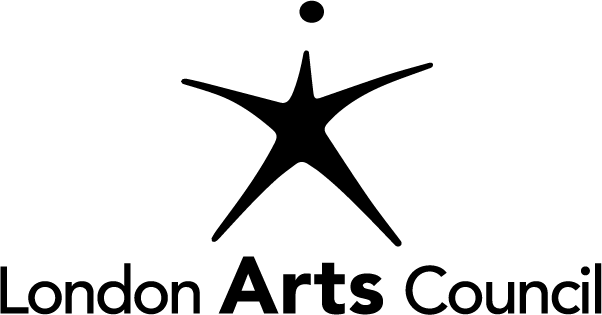EARTH DAY 2021: Stop Extinction! Restore the Earth
|
|
The Embassy Cultural House (ECH) and GardenShip and State are pleased to present a virtual group exhibition Stop Extinction! Restore the Earth to celebrate Earth Day, April 22, 2021. Work in the exhibit features artists from within the ECH community and Gardenship and State participating artists. Artworks in the exhibit address the broad issues related to the climate crisis, and other threats to our ecology. Works also address the intersection of sustainable living and the respect for Indigenous land rights.
Background:
|
JESSIE AMERY
Jessie Amery, Pandemonium: Let’s Give Them Something to Squawk About, 2000
Medium: Book cover and binding hand-embroidered with cotton and silk threads, on printed cotton fabric, embellished with glass and pottery beads; journal pages white linen
A workshop on bookbinding provided me with two things, an opportunity to learn something new and another place to put a stitch. It felt natural to use fabric and stitches to create an embroidered cover for this hand-bound book. The brightly coloured fabric seemed to call out to me with a kind of boldness that demanded I embellish it with French knots, satin stitch, fly stitch and straight stitches to bring the parrots and their habitat to life. The embroidered cover tells a story, before you open the book, stimulating the senses. The word used to describe a flock of parrots is “Pandemonium”. In looking at my embroidered flock, it is easy for me to imagine being in the Amazon rainforest, listening to them squawking as I inhale the floral scents and am captivated by all the different colours. What we may not see until we take the time to look further beyond the embroidery, given disappearing habitat, poaching and the climate crisis, is that today more than half of the Amazon parrots are under threat. The earth is a beautiful place to live. We need to conserve, protect and restore natural habitats so future generations can stitch their own images of the pandemonium.
RON BENNER
Ron Benner, Remains in association with..., 2021
The dried grains, seeds and vegetables in the photograph are from Asia, Africa, Southern Europe and the Americas: rice, sorghum, chickpeas, lentils, chili peppers, beans, maize, etc. representing a biodiversity reaching back in time to when humans first began to farm wild plants about 10,000 years ago. The cultural deposits, ceramic and glass shards, were found in the soils of Iraq, Jordan, Mexico, and Turtle Island/Canada by myself, Jamelie Hassan and William Kingfisher. As cultures have disappeared so have many of the plant varieties that sustained them for thousands of years. The loss of biodiversity affects us all.
PAUL CHARTRAND & MICHELLE WILSON
Paul Chartrand & Michelle Wilson, Seeded Clay, 2021 |
CAROLE CONDE + KARL BEVERIDGE
Carole Condé + Karl Beveridge, Futures, 2013
It increasingly appears that humankind is facing a stark choice: continue as we are and we will perish, or change the way we live and hopefully survive as a species. Underlying 'living as we are' is the destructive logic of capitalist growth. Profit invariably depends on growth, a growth that nature (let alone humans) can no longer sustain. Futures portrays the present day rape of nature by corporate interests. Two flanking images portray a future dystopia and utopia. Set in a mall, the same characters appear in all three images and represent various corporate, political, and social interests. A young girl is the narrative witness. The work loosely references European altar paintings, often titled 'Day of Judgment' of the 14th and 15th centuries.
STEPHEN CRUISE
Stephen Cruise, barque, 2018-2021
Handmade tribute to one cherished.
Dream the creation and moment dearly planted.
Now stranded having been witness to change at sea.
Once with sail and now forsaken
Location:
Cristobal de Colon Cemetery, La Habana, Cuba.
TOM CULL
Tom Cull, Treaty 45 ½ *, Point Clark, 2020 |
* See David D. Plain’s A Brief History of the Saugeen Peninsula. The great influx of European settlers in the 1800s resulted in the government of Upper Canada putting intense pressure on Saugeen Ojibwa peoples to surrender their territories. The Lieutenant Governor of Upper Canada, Sir Frances Bond Head, had his sights set on 1.5 million hectares of land that ran from the Saugeen River south to the border of the Huron Tract (at present day Goderich). He secured this surrender by suggesting that settler encroachment onto Ojibwa land could not be stopped (he had every power to prevent this incursion), and that if the Ojibwa surrendered this land, he would guarantee the entire Bruce Peninsula could become Ojibwa sovereign territory. Plain outlines Bond’s methods of coercion and cajolement that led to the signing of this treaty. The treaty was also illegal as it contravened the Royal Proclamation of 1763. Soon after the signing of Treaty 45½, the Upper Canada government began work to secure lands on the Bruce Peninsula that had been promised to the Ojibwa. For over 20 years, the Saugeen Ojibwe Nation (SON) has worked to bring a land claim to trial. SON is seeking justice for breaches of their treaty rights by multiple levels of government. The claim is currently before the Ontario court.
SUSAN DAY
Susan Day, Staring at the Parched Earth, 2011 |
EXPERIMENTAL MUSIC UNIT
Land Sea Sky, Played by the Experimental Music Unit from a text score by Tina Pearson
LAND SEA SKY is a text score written for the Experimental Music Unit. It reflects the trio’s relationships of listening and playing closely together through 10 years and multiple collaborative projects, and its increasing focus on land-based artmaking, including Biospheric Art Practice. During the composition of the piece, EMU friend and colleague Raj Sen, director of Victoria’s Open Space, passed away. Raj’s remarkable and generous spirit inspired the final version of the piece, which is dedicated to him.
Biospheric Art Practice is an art-in-the-environment practice that intends a respectful listening interaction with the biosphere, embodying a sensual and perceptual awareness of its complex lifeforms, and its human and other ancestries. It was initiated by Tina Pearson in 2015 in Lekwungen territory (Greater Victoria, Canada) and operated there with Tzanetakis, dance artist Lori Hamar and photographer/videographer Kirk Schwartz with invited and accidental guests. The practice utilizes specific modes of listening within a location’s biosphere as a guide to sounding, moving, photographing and filming - interacting artistically in a non-performance, non-product way.
The practice has developed through guided aural suggestion, listening, sounding and movement exercises and meditations, and text scores. It shares some elements with acoustic ecology, field recording & soundscape composition; the study of attention in Deep Listening® practice; and the focus of slow movement and environmental listening of soundwalking.
The video of Land Sea Sky included in the Embassy Cultural House Earth Day exhibition is an audio and photographic representation of EMU’s realization of the score at Finnerty Cove on the Salish Sea, on March 3, 2021. Each musician recorded their own audio track, which were mixed by Paul Walde in a video production incorporating a photographic realization of the score by Lyssa Pearson.
MICHAEL FARNAN
Michael Farnan, N2N: Widening the Narrows, 2015 |
MICHAEL FERNANDES
Michael Fernandes, not taking it personally don’t take it for granted, 2021 |
KERRY FERRIS (1949 - 2016)
kerry ferris (1949 - 2016), butterfly's long green journey, 1997 |
JAN FIGURSKI
Jan Figurski, Summer Solstice Vigil, 2021 |
MIREYA FOLCH-SERRA
|
FATIMA GARZAN
Fatima Garzan, Secret Garden – Orange, 2005 |
DAVE GORDON
Dave Gordon, Moby Dick Cloud Over The Toronto Skyline, 2015 |
JOAN GREER, SOURAYAN MOOKERJEA & TEGAN MOORE
Tegan Moore, Joan Greer, Sourayan Mookerjea, Inverse Insulations in a Seed Time Poem Cycle, Digital Video, 8 minutes, 2020
Seed Time enables us to think of the human and more-than-human body ecologically, as process in the web of life. In this iteration, the nucleic video-poem cycle of Seed Time holds traces of a former embodied and intermedia whole. Seed time is composed of memory-storage, dispersal, pyriscence, imbibition, respiration, light, mobilization, sprouting, growth, and regeneration through which negentropic common-being creates a place for Earth-bound lifetimes, giving wisdom, taking care and creating common wealth. Past, present and future non-extractivist seed-communication points towards deep energy transitions to slow futures. The possibility for delinking from the toxic waste economy may be searched for here.
This work was produced as part of Speculative Energy Futures, a collaborative, research-creation project that brings together artists, activists, scientists, engineers, policy makers, and social science and energy humanities researchers to investigate the challenges and potentials of energy transition.
JAMELIE HASSAN
Jamelie Hassan, Solar Power, 2005/2006/2019
This watercolour is from my series about the solar lamp motif and its use in our garden which I painted from 2005/06. In 2019, I cut this watercolour into 3 panels which Ron Benner framed in the maple frame as a triptych. Sarah White at The Framing and Art Centre had given Ron two of the maple frames that had been ordered by one of her customers. It happened that there was an error in the measurements when the frames were constructed. Knowing that both Ron and I liked this maple frame, Sarah gave the frames to Ron. I had done this series of watercolours but was not happy with some parts of this particular work. Nevertheless, I kept it for more than 10 years, unframed and deep in my works on paper storage bureau. Rather than tearing it up, I considered that by making the work into a triptych that it might be salvagable. The recycling of these frames created an opportunity to view this watercolour in a fresh and more effective way.
FERN HELFAND
Fern Helfand, At the Edge of a Clear Cut, 2021
Animated photographs, mp4. Duration: 1:00 Min
Animation: Fern Helfand.
Sound: David McFarlane - Excerpts from “You Always”, from the album: “Fieldwork”. www.mcfarlanemusic.com
At the Edge of a Clear Cut not only represents the threatening times that are upon us in the regions of the world where unsustainable forestry practices have affected the environment and climate, but in general, refers to all of humankind’s activities where we are at the edge of forever upsetting the balance of nature resulting in an unstoppable escalation of devastating storms, floods, forest fires and climactic disasters.
I chose the vertical Instagram/Facebook story format for my animation to intricately link it to our time in history.
LISA HIRMER
Lisa Hirmer, Emergency Signal, 2018
We—by which I mean everything living on this planet—are in an emergency. This was true before the COVID-19 pandemic began and it will be true after it ends. And as long as climate change puts the planet’s capacity to support life at risk, we will be in an emergency. As a generation who is unlikely to see its end, I’ve been working to make sense of what it means to be living life inside an emergency of this scale.
Unlike emergencies that are self-evident—floods, fires, earthquakes, as we now know dangerous viruses—climate change has arrived slowly, is hard to see, and is felt differently by different people. Naming this emergency for what it is is a way to start seeing it more clearly. Building emergency signals for climate change is about keeping its urgency present.
SHARMISTHA KAR
Sharmistha Kar, Soft Shelter-Tabernacles and the river, 2020
The work, titled Soft Shelter-Tabernacles and the river, focuses on the Deshkan Ziibi (Antler River and also known as the Thames River) in London, Ontario. Rivers are fundamental to human society because it was in river valleys and deltas that the first great civilizations were found around agriculture. I see the Deshkan Ziibi almost every day, especially when crossing one of the many bridges that span it. I am always fascinated that the human structures around rivers depend on the river as a life source. The rivers, however, are organic and take different shapes at different times, regardless of the human societies developing around them. I am aware of and sincerely appreciate the active ongoing project to maintain the Deshkan Ziibi's well-being in London, Ontario. This particular work reflects the idea of growth, mobility, personhood in nature and culture from an individual experience.
MARK KASUMOVIC
Mark Kasumovic, Vault #3 [From series: A Human Laboratory], 2015
Using extensive links with the international scientific community, A Human Laboratory explores the settings of many of the most significant and mysterious scientific experiments happening around the world. From a seed storage vault tucked away in polar Svalbard, to the remote Experimental Lakes Area hidden within rural Canada, this body of work focuses on the great variety of sites and apparatus’ that we collectively use to understand our contemporary world. Focusing on experiments whose outcomes are often not predetermined nor fully understood, it invites viewers to consider the ramifications of such discoveries as quantum communication, genetic engineering and particle physics. It also raises questions concerning the role of conservation and preservation within the act of discovery.
Apart from the beauty of such intricate man-made spaces, the photographs in this body of work also seek to question the inherent relationships between the apparatus of scientific inquiry and the humble photographic camera. As spaces such as laboratories become more visually cryptic with the onset of advanced and often invisible technologies, the camera can highlight a new burden of photographic representation: the difficulty all instruments of knowledge production have in representing some of the world’s most hidden phenomena. It can also entice thoughtful reflection upon how reliant we are on the function of images; how intermingled images are within the culture of knowledge production, and how relationships can be constructed if the two are analyzed in tandem.
Vault #3 was a photograph taken at the Global Seed Vault embedded within a massive arctic cliff in polar Svalbard. The seed vault was constructed in 2008 to house “spare” copies of seeds held within international gene banks to avoid the loss of native species during a regional or global crisis. Most photographs representing the seed vault focus on the stunning landscape surrounding its entrance; the frozen doors that need to be thawed to access the vault’s interior; or perhaps Vault #1, which was rapidly filling to capacity during my initial visit. Vault #3, however, was empty and quiet. It provided a peaceful space to contemplate the long journey every seed has made to wait together, quietly, to be called to action.
BRIAN LAMBERT
|
Meadowlily from Brian Lambert on Vimeo. |
Brian Lambert, Meadowlily, 2020 |
THE LAST COCHINEAL
The Last Cochineal (Holly English + Olivia Mossuto), POUR ME CARBON, I'M FROM HERE, 2021
When the comet body (any body) is ice, and subsequently gas, we are referencing the ecological succession of all things - the circularity and ultimate efficiency of what it means to be earthly and made out of carbon. As the body floats through space, its adaptation to the environment is inimical to its survival. The narrator muses on earthy relationships, realizing how perfectly adapted they are to our planet. Painterly comets and talk of minerals remind us that circularity is not limited to our familiars.
In space, in the deep sea, we are reminded of such limits in extremity. We are also reminded of the trade-off for sentience and language, as our skin can only stretch so far, withstand so many degrees of fluctuation. As the human body drifts, a physical and mental homesickness encroaches. The fleshiness of this new adaptation, counter to soul-survival offers a new cognizance of our planetary system as familial/renounced.
This zine was produced in response to the theme 'soft tissue.'
PATRICK MAHON
Patrick Mahon, Nonsuch Garden Wall Panel (Fence with Sail), 2015
With my project, Nonsuch Garden (2015), I was interested in proposing a domain that recognizes a freighted colonial past (and present), emblematized by references to a ship, while simultaneously suggesting the possibility of a future that acknowledges its embeddedness in and accountability to history. Charting multiple trajectories that propose a decolonial critique, while invoking horticultural and environmental issues past and present, Nonsuch Garden trades on the remembered and the imagined. It is, fundamentally, my poetic assertion concerning a contemporary moment of transition and urgent challenge when, I believe, generativity is still possible. Nonsuch Garden Wall Panel (Fence and Sail) is a printed and collaged wood panel that is meant as a detailed window onto a world that stitches photographs of small urban gardens together with close-ups of aspects of the sail of a replica ship. The ‘scrap of garden’ is presented as a highly coloured, digitally manipulated dot pattern printed directly onto plywood and veneer, to suggest a site of excavation and adaptation.
Skylar Mohacsy
The snow falls,
The silence draws,
The sirens begin,
The violence sprawls,
The fire grows,
It spreads,
Like static,
It goes fast,
It ends slow,
As if time is on our backs,
And we can’t stop it now,
The wind breaks, the days end,
The rotted leaves fall, the garbage scattered, polluting lungs here and there.
KIM MOODIE
Kim Moodie, Gold Ground, 1998 |
CATHERINE MORRISEY
Catherine Morrisey, Geese and Goslings, 2020 |
TROY OUELLETTE
Troy Ouellette, Destroyer/Creator (Voluminous Trace Series), 2009 |
JILL PRICE
Jill Price, UNLEASHED, 2021
35:05-minute video recorded and performed by the artist.
Continuing to investigate my role as an artist in times of truth and reconciliation and deep ecological crisis, Unleashed is a durational performance in which I carefully set free the skin and fur of a rabbit from the form of a human hat in order to point to the liveliness and vitalness of different species. Informed by the historical research that outlines how rabbits in Britain were often only hunted for sport and entertainment as their meat was considered undesirable to the upper class, this work signifies my desire to unmake myself from perspectives, processes and consumption that prioritizes the accumulation, adornment and entertainment of humans over the life and well-being of the elemental commons (soil, water, air) and more-than-human beings.
One of many practice-led investigations researching how unmaking can help us partially undo anthropogenic views, values and aesthetics first introduced by Europeans exploring, trading, colonizing and settling North America, Unleashed materially speaks back to the economic imperialism of the early North Atlantic fur trade and how we can see this exploitation of animals iterated in industrial fur farms and the ongoing global displacement and extinction of species and their natural habitats today. Unleashed is also currently on exhibit as part of a larger installation at the Orillia Art and Historical Museum entitled UNFURLED: Unsettling the Archive From a More-Than-Human Perspective.
JUDITH RODGER
Judith Rodger, Turtles on the Brink, Deshkan Zibi, 2017
An Eastern Spiny Softshell Turtle shares a log in central London, Ontario with two Northern Map Turtles, all three at risk. I have been working for over twenty years to preserve biodiversity in Southwestern Ontario, where wildlife and habitat are the most diverse, but also under the greatest threat in Canada.
KIAN SAADANI-GORDON
|
Kian Saadani-Gordon, "Up in Smoke", graphic animation, 2021
|
Kian Saadani-Gordon, Up in Smoke, 2021 |
NILOUFAR SALIMI & MOHAMMAD TABESH
Niloufar Salimi & Mohamad Tabesh, The last leaf, Stoneware, 2021
In the solitude of 2020, Niloufar Salimi found herself at her third floor apartment window drawing the branches of the old, wild apple trees that she passed every day and never really saw. As autumn began and the leaves fell, a memory of reading The Last Leaf, the O. Henry short story, returned to her. She had read the story in Farsi translation as a child, a few years after the Iran-Iraq war. Every now and then, thoughts of Shiraz, her hometown, mixed with the apple branches, so that the past was present, visible before her.
The Last Leaf is a collaboration with Mohammad Tabesh. One of Salimi’s branches, its last, pale yellow leaf, not yet fallen, appears within Tabesh’s rendering of a traditional Iranian tile pattern. In Farsi, Shamseh – Sun – is the term for the eight-pointed form that is the basis of many tile patterns. Tabesh’s panel refers to museum displays of ceramic tiles where only extent tiles are displayed, like The Met’s 13th century, Panel Composed With Tiles in the Shape of Eight-pointed Stars and Crosses. But here, what’s missing is central.
Salimi and Tabesh’s strategy of absence invokes a certain intricate relationship between history and memory. The wild apple branch draws the seasons into play, ephemeral and cosmic.
JAYCE SALLOUM
crossroadsoceans-intersections/ality, I noticed the continuity of concepts where first expressed with the photo of Karine and Kairo at a farm field in Tcil'Qe'uk (valley of many streams, aka Chilliwack) - being here, this place, a place of sharing caring learning belonging, the teaching, acquisition of.. parsing passing knowledge - where Kairo is being passed/fed berries, a passage of knowledge metaphorically speaking - in a rural ‘Canadian’, cultivation settlersetting.. there is something there (in that picture/that world relating directly to the outside of it) that I think is truly revealing but maybe only I’m seeing it or it needs to be teased out more; a form, the need for and of intersectionality in all that we do or think about making change, our colonial state, the institutionalized destruction of all it its wake, the racism all around, “epistemic” <> systematic <> institutionalized <> individual; ignorance is no excuse - seeing/seething/seizing our climate disaster with shattering - I’m so scattered.. shattered - the disappearing polar ice cap fly/overview, somewhere over the northern waters, my carbon footprint contributing to the demise.. for the purposes of what, living a rich life, a privileged existence, the privilege of ignorance, from here to there and somewhat back again.. At what cost and for those that we love, those that follow in (hopefully) more radical forms than we were able to muster. From: construction of knowledge, its acquisition, passing purpose, out in the landscape, methodologies’ discontent, April 16, 2021
JENNA ROSE SANDS
Jenna Rose Sands, All Mothers, 2021
When I think of our planet, our climate crisis and the destruction upon the ground, I think of our Mother Earth and her pain. The health of the earth is the health of our Mother. The violation of her body mimics the violation of so many Indigenous mothers. I cannot separate Motherhood from this discussion. I cannot ignore the correlation between the destruction of our ancestral lands and the destruction of thousands of Indigenous women, mothers, sisters, daughters. Earth Day, a time to reflect on how we treat our ancient Mother and all mothers and mothering figures, we need to do better, we need to be better children.
ROLAND SCHUBERT
Roland Schubert, Bird on the Edge, 2020
Bird on the Edge is a photograph of a seagull taken at St. Mary's, Ontario. The bird is on the edge of a dam which was built in the 1800's to power a mill which no longer exists. The dam is dysfunctional.
SANDRA SEMCHUK
Sandra Semchuk, she was learning how to be in family, 2020
When I look at the forest that surrounds me I recognize kinships in form and in possible relations. The arteries that feed my frontal lobe, the control panel of personality and our ability to communicate, are mirrored back to me in the intricate systems of trunk, branch and roots and mycelium. We may experience sentience in the wider-than-human as familiar---as equal. In Becoming Animal, David Abrams wrote: “Such reciprocity is the very structure of perception. We experience the sensuous world only by rendering ourselves vulnerable to that world. Sensory perception is this ongoing interweavement: the terrain enters into us only to the extent that we allow ourselves to be taken up within that terrain.”
We meet and greet in presence.
CAROLYN SIMMONS
Carolyn Simmons, Phantom Tree Mother in Winter, 2018 |
ASHLEY SNOOK
Ashley Snook, VHD VHD, 2019
VHD VHD is an installation that explores the complexities of our interconnected existence by emphasizing the sensory elements of sight, sound, and smell, and encapsulating aspects of biophilic curiosity, while troubling the desire to retain positive energy.
Within the current epoch of the Anthropocene, VHD VHD explores how human and nonhuman species live within and without natural systems amongst, landscapes and spacescapes. This installation questions how one can obtain and maintain positive energy in a time of immense destruction. Here I contend that our human proximity to nature is known to have an affective impact on our wellbeing, given that being close to nature can counteract negativity and increase pleasant feelings. However, we need to ask, how do we hold, retain, and perhaps store positive energy on a depleting planet? This installation emphasizes the realities of human and nonhuman life, particularly the continuous cycle of life and death, while addressing the challenge to find inner peace during a time of ecological destruction.
JEAN SPENCE
Jean Spence, Little Views of Lake Erie # 6, 2002
The large dark cloud that is hanging over us is a reminder of the harm that can be triggered if the earth and all that inhabit it are not respected and nourished. In rereading the essays for the art project “The London-Port Stanley Connection,” I was reminded of the importance of landscape, place and our relationship to it; our guardianship and documentation, both visual and written. Even within the short time frame since the exhibit, the losses acknowledged and endured, the contributions are there.
"The London Port Stanley Connection" group exhibition presented in 2005 included ECH artists Ron Benner, Jamelie Hassan, Jean Spence, John Tamblyn, and Bernice Vincent and involved collaborations with Port Stanley locations and independent businesses including the Moore Water Gardens, Mackies and the Telegraph House. A limited edition publication of 150 copies was published with The London Reader and Jason Dickson, ECH contributor and co-owner of Brown & Dickson Bookstore.
DIANA TAMBLYN
Diana Tamblyn, Identified Substances: Epigenetics Eh! (diptych), 2011
In 2011, London Ontario hosted the Canadian Conference on Epigenetics (called Epigenetics Eh!). The objective of this conference was to showcase the breadth of epigenetic research on environment and health across Canada. The organizers of the Conference and the London Arts Council offered 10 artists the opportunity to attend a presentation about Epigenetics from local scientists who are specialists in this area. The artists were then commissioned to create a piece based on the presentation and understanding of the practice.
I was one of the lucky artists asked to participate. The whole thing was utterly fascinating. Epigenetics is a rapidly growing field of science defined as “Any function change in the genome that does not involve an alteration of the DNA sequence”. In layman's terms one can view this as nature vs. nurture - where nature is a person's DNA, and nurture represents all sorts of external factors that can alter a person's physiology without changing their DNA.
What captured my imagination from the presentation on Epigenetics to the artists - was the subject of Epigenetics and the environment. Specifically, that chemicals in our environment can change the “readout” of our genes, and that multiple levels of these compounds (even if found at low “safe” levels) have an additive quality that combined can have a detrimental impact on a person’s health and well-being.
JEFF THOMAS
Jeff Thomas, Broken Treaties, 1613 -, digital - pigment print on archival paper, 2020
Travelogue: I visited the Caledonia protest site after things had settled down and documented the signage. As I drove to the reserve I was followed by a black SUV so I drove around the SUV stopped following me, before going to my destination.
Key to images (left to right)
- Jeff Thomas, Caledonia, Ontario, 2007, “OH CANADA,” Argyle Street S. Occupation Site, GPS Coordinates: 43.05713, -79.96581 Protest site with Six Nations of the Grand River asserting ownership via the Haldimand land deed (stolen land in 1841), The original Haldimand Tract that the Iroquois were given stretched from Kitchener, Ontario to Lake Erie, six miles on each side of the Grand River. Only 5 percent of the original 950,000 acres remain.
- Jeff Thomas, Albany, New York, Dutch Man & Indigenous Man (Mohawk?) Monument, 2004, Tri-Centennial Park, Broadway & Montgomery Street, facing the Hudson River, GPS Coordinates: 42.65421, -73.74746
In 1613 The Dutch and Haudenosaunee signed the first treaty on Turtle, known as the Two Row, and commemorated as the Two Row Wampum Belt.
Jeff Thomas, Chief Red Robe, Grand River looking north from Lake Erie, Port Maitland, 2008, GPS Coordinates: 42.85705, -79.5791
BERNICE VINCENT (1934 - 2016)
From "The Road Show" at Gibson Gallery, 1991
During the past few years, I have made a series of paintings concentrating on our contemporary use of the land. Some of these paintings have included variations on a generic white car, "Everycar" travelling along hard-edged grey roads that are imposed on masses of detailed, lush, green landscape - similar to the summertime landscape of South Western Ontario.
More recently, for the "Road Show", I have used cut-out formats, three dimensional pieces, and other formal devices to emphasize the thrust of the roads, and to draw the viewer into each individual work. The exhibition itself is shaped to take the viewer from a somewhat amused reaction to the unexpected treatment of a familiar environment, to a more somber, indeed appalling, presentation of the roads that lead us to the desecration of more distant sites.
"Northern Vision" is a symbolic presentation of the scars made on the landscape by clear cutting. "Southern Vision" is an installation in which the road leads into an apocalyptic vision of the burning of rain forest, with painted smoke billowing up the wall and onto the ceiling above the viewer, threatening to engulf everything around it.
- Bernice Vincent (1934 - 2016)
ESTHER VINCENT
Esther Vincent , Going Down To Jackson, 2015
Artweek Peterborough hosted The Jackson Creek Project in 2015 and invited artists to celebrate and explore Jackson Creek which runs through the centre of the city.
Jackson Creek is often under threat from development. It is repeatedly the subject of contention in an ongoing debate when the specter of a parkway development threatens to destroy the natural environment of Jackson Creek and Jackson Park, the most uninterrupted and extensive natural space within the city of Peterborough. Many Peterborough citizens regularly protest the proposals for this parkway.
In light of this threat to the creek and the park, I wanted to document the full length of the creek and the people who love it. I put out a call and was overwhelmed with positive response. Through August and September 2015, I photographed a total of seventy seven subjects at locations of their choosing.
The final video, with a soundtrack of the creek's moving water, is a document of the changeable and persistent nature of this body of water that moves through Peterborough, giving it life and acting as a perennial reminder of the land as it was before the city was built on its banks.
More information on the project click here.
CHRISTINE WALDE
Christine Walde, I Can Feel the Sky / Nothing Lasts Forever / The Future is Burning, 2018
RECORD SUNSET is a set of text works featuring images of tropical sunsets that asks: how does our predilection for Paradise blind us to the truth of our environmental reality as a planet threatened by global warming? Black block text stands juxtaposed against impossibly perfect images, disrupting and disambiguating the romance of the sunset with the cheap commodification of nature. The dimensions of the paper are the same size as a 12" vinyl record sleeve, evoking associations with "record-breaking" and "record temperatures," while suggesting a possible future music of the next great mass extinction.
JADE WILLIAMSON
Jade Williamson, Human Impact, 2021 |
Exhibition ContributorsJessie Amery
Tariq Amery Ron Benner Paul Chartrand & Michelle Wilson Carole Condé & Karl Beveridge Stephen Cruise Tom Cull Susan Day Experimental Music Unit Holly English & Olivia Mossuto Michael Farnan Michael Fernandes kerry ferris (1949 - 2016) Jan Figurski Mireya Folch Serra Fatima Garzan Dave Gordon Tariq Hassan Gordon Joan Greer, Tegan Moore, & Sourayan Mookerjea Jamelie Hassan Fern Helfand Lisa Hirmer Sharmistha, Kar Mark Kasumovic Brian Lambert Patrick Mahon Skylar Mohacsy Kim Moodie Catherine Morrisey Troy Ouellette Jill Price Judith Rodger Kian Saadani-Gordon Niloufar Salimi & Mohamad Tabesh Jayce Salloum Jenna Rose Sands Roland Schubert Sandra Semchuk Carolyn Simmons Dan & Mary Lou Smoke Ashley Snook Jean Spence Diana Tamblyn Jeff Thomas Bernice Vincent (1934 - 2016) Esther Vincent Christine Walde Jade Williamson |
Thanks and AppreciationsThank you to all the artists/activists who have contributed to the Embassy Cultural House's 1st Earth Day online group exhibit Stop Extinction! Restore the Earth in partnership with the Gardenship and State project. In particular, we are grateful to the Gardenship and State team: Jeff Thomas, Patrick Mahon, Michelle Wilson and Ashley Snook for partnering in this collaboration which brought a number of their project participants into our ECH community. Jeff and Patrick have contributed an insightful interview to this online community-initiative. In addition, Olivia Mossuto has contributed a feature essay, Art as engagement: creative ideation in the fight to save the planet which was originally published in an edited format on Terra Observer in June 2020.
This interdisciplinary exhibition could not have been realized in less than one month, without ECH contributing editors Niloufar Salimi and Olivia Mossuto, who deserve a special thanks for assisting with content development. We also thank Tariq Amery for providing an original song to the exhibition video, and ECH Advisory Circle members Dan and Mary Lou Smoke for the Indigenous Land Acknowledgement and their sharing of Indigenous knowledge for our May 2, 2021 online event. The Embassy Cultural House would also like to acknowledge the early and ongoing work of artist Tom Benner who has created numerous exhibitions on the environment and the planet's species that are facing extinction. Thirty-one years ago Tom presented The Coves, a solo exhibition at the ECH in April 7- April 29, 1990 which overlapped with Earth Day. In these artworks, Tom recognized the ecological significance and the uniqueness of this threatened local oxbow wetland, including its flora and fauna, in London, Ontario. Stop Extinction! Restore the Earth is exceptional in its social relationships, breaking down hierarchies and engaging with an intergenerational community of contributors. Kian Saadani-Gordon joins his father, Tariq Hasan Gordon, and grandparents (Dave Gordon, Jamelie Hassan and Ron Benner) as a contributor with his animation Up In Smoke. Likewise, Tariq Amery and his grandmother Jessie Amery are both contributors. Esther Vincent presents a work of hers, as well as one on behalf of her mother, Bernice Vincent (1934 - 2016), and in honour of Bernice's 1991 exhibit The Road Show thirty years ago we also prepared a retrospective page to showcase Bernice's important art work to address environmental issues. Aloysha Ferris contributed a work by his mother, kerry ferris (1949 - 2016). The first Earth Day in 1970 mobilized millions of people for the protection of the planet. This event 51 years ago is credited with launching the modern environmental movement and is now recognized as the planet’s largest civic event. Earth Day led to the passage of landmark environmental laws around the world and, in 2016, the United Nations chose Earth Day as the day to sign the Paris Climate Agreement. Over fifty contributors have responded to our invitation to participate in this project which speaks to the urgent need to face the global environmental challenges that are risking planetary extinction. We are not alarmist in our call to action. The collective ignorance of climate crisis deniers evokes the tale of the boiling frog. The story recounts that if a frog is placed in boiling water, it will jump out. However, if it is placed in cold water that is slowly heated the frog will be cooked to death. The climate crisis impact on planet earth is our collective pot that is beginning to boil and its impacts are felt everywhere, from droughts, to floods, to forest fires, and biodiversity extinction. There is a similarly urgent need to acknowledge and reconcile with Canada's colonial legacy and the continued injustices that Indigenous communities face from systemic discrimination and racism. Indigenous knowledge inherently imbues cultural practices that live within the means of the local geography and climate. This knowledge is reflected in the more than 70 Indigenous languages spoken across the territories that make up Canada's geographic boundaries. The title of this exhibit Stop Extinction! Restore the Earth is meant to be both a call to action and provide a way to move forward. An important step towards saving the planet can be done by respecting the traditional knowledge of Indigenous peoples. Hundreds of years ago Indigenous communities taught the first settlers how to live and travel on Turtle Island. It is time to remember this shared history and restore the earth together. Ron Benner, Jamelie Hassan and Tariq Hassan Gordon April 19, 2021 |
